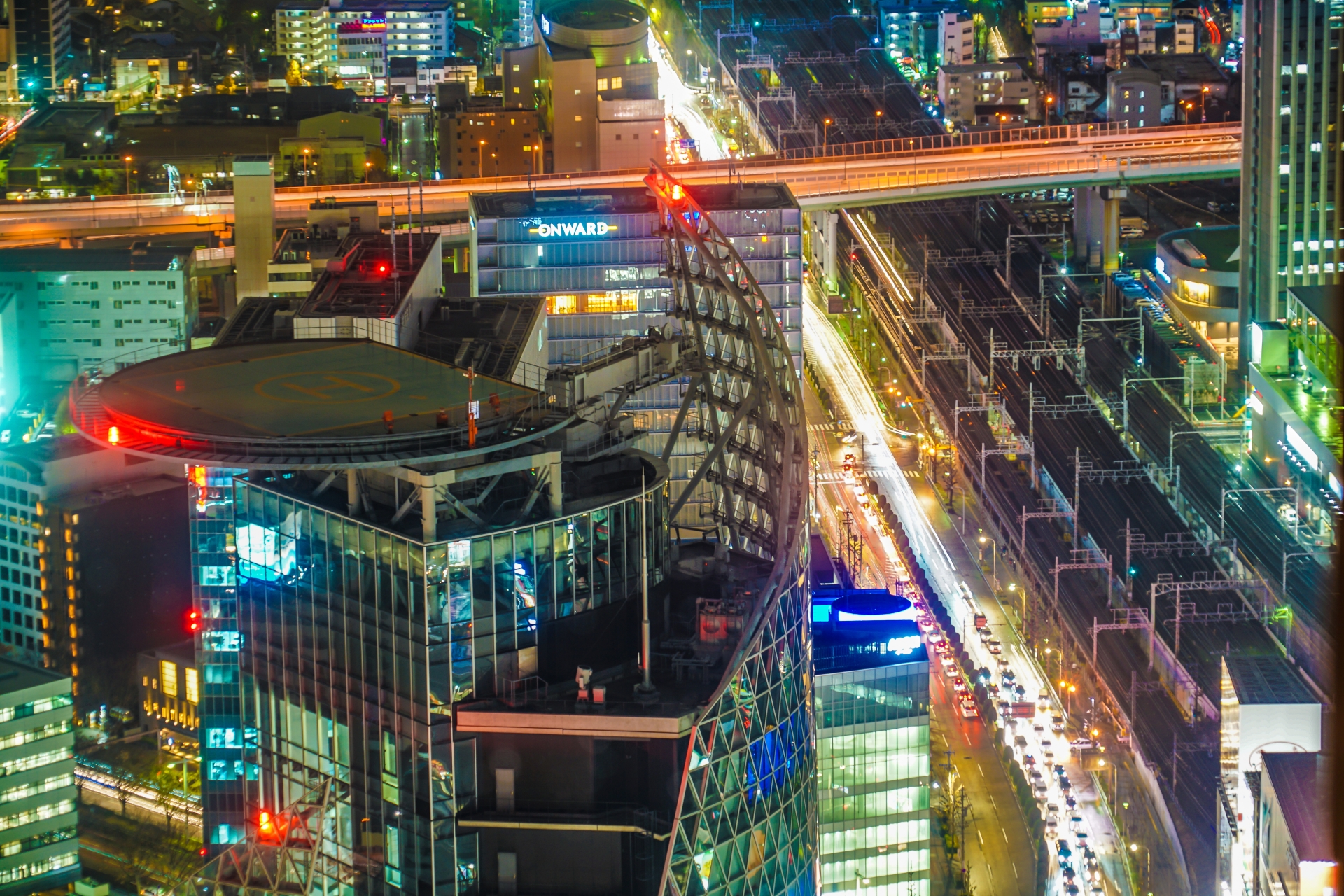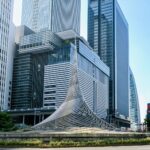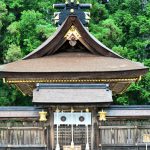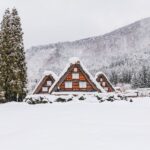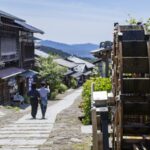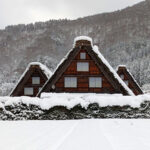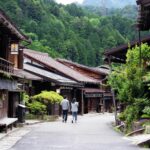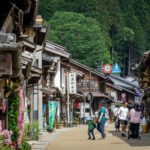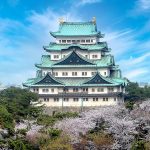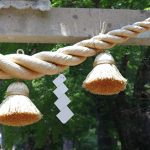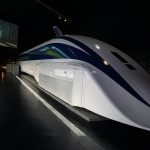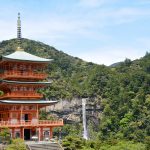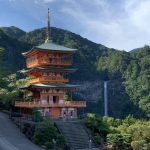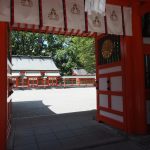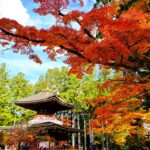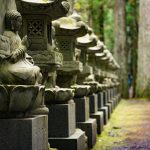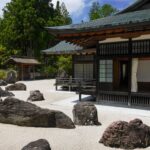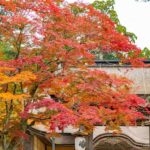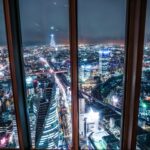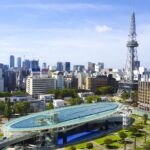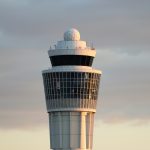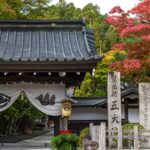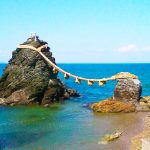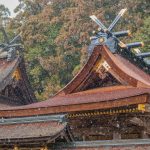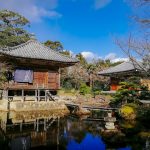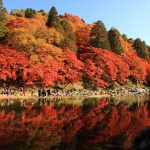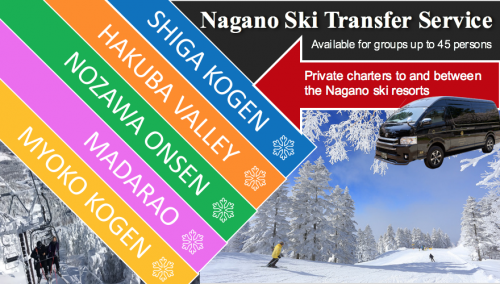15 Things to Do Around Koyasan (Mount Koya) & Where to Stay
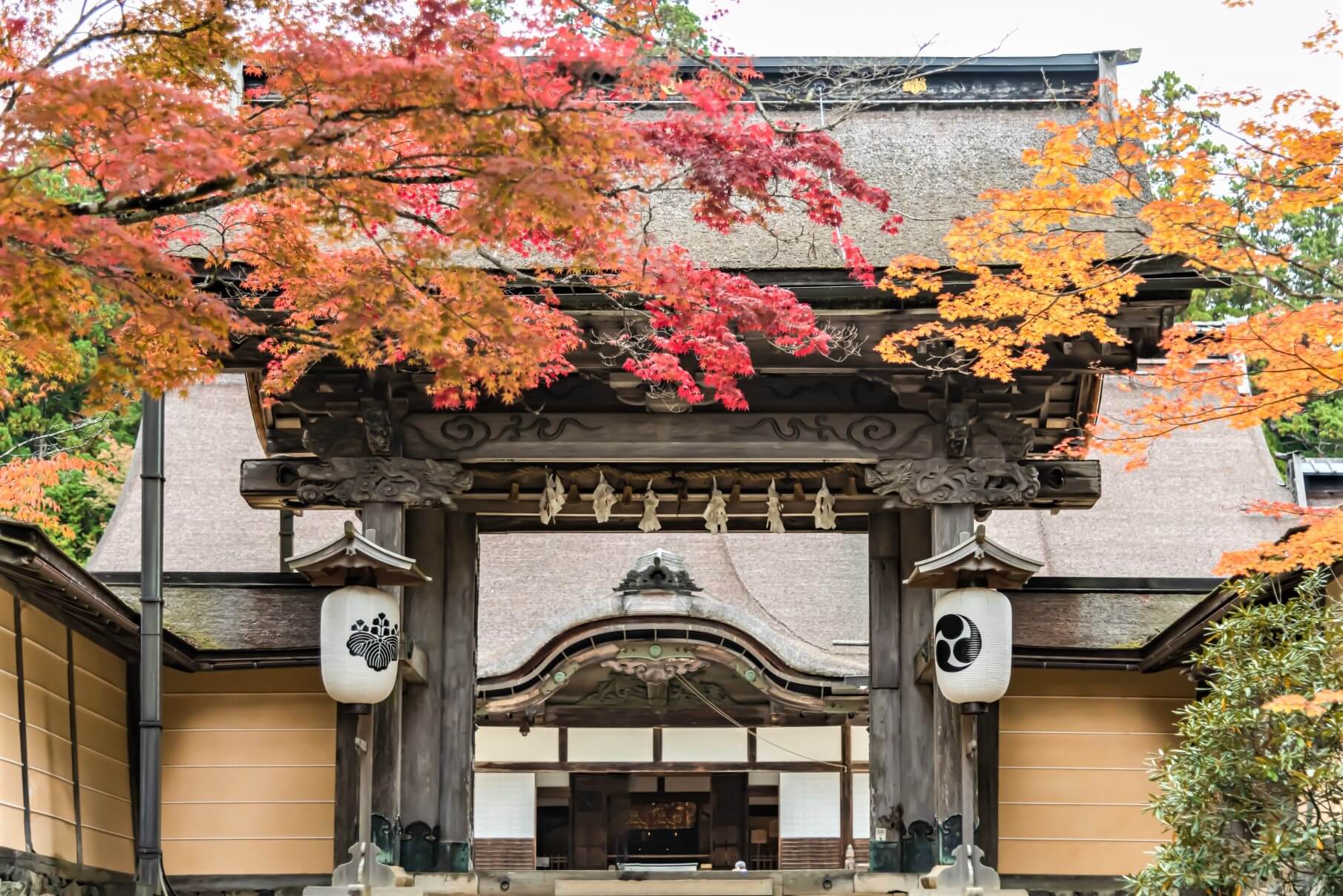
Centre of the Shingon sect of Buddhism, Koyasan is one of Japan’s most important temple complexes and home to more than fifty ‘shukubo’ (temple lodgings), making it a popular destination for both Japanese and international visitors. On this page you will find the following information:
— What to Expect & Why You Should Visit
— Best Things to Do In & Around Koyasan
— Best Places to Stay in Koyasan
When considering your visit to Koyasan it’s worth nothing that while most easily approached from Osaka and therefore often enjoyed as a daytrip from that city, Koyasan is one of several hugely significant religious destinations within the ‘Kii Peninsula’. Named after the former province of ‘Kii’, the peninsula is the large landmass between Osaka and Nagoya that juts out into the Pacific Ocean. Often over-looked by international visitors as they zip past between those cities on the Tokaido Shinkansen, the Kii Peninsula boasts several of Japan’s most important spiritual centres including the temple mountain of Koyasan, the Ise Grand Shrine – the most important Shinto shrine in Japan – and pilgrimage trails, temples and shrines of the World Heritage-listed Kumano Kodo. For that reason, while Koyasan is most easily accessed from Osaka, we recommend considering it along with those destinations and another big reason to visit the Kii Peninsula on your next visit to Japan.
WHERE IS KOYASAN?
Located in Wakayama Prefecture, Mount Koya or ‘Koyasan’ sits around 90km / 2 hours drive to the south of Osaka. Consisting of multiple major temples and 120 subtemples along with shrines, cemeteries and university, Koyasan is a relatively compact area around 1000 metres above sea level. As such, it is easily explored on-foot – within most of its most popular attractions within walking distance of each other- with three local bus services also running between the temples, shrines and other stops. Koyasan is most readily accessed from Osaka using the Nankai Koya Line to Gokurakubashi Station – 80 to 120 minutes (depending on which service you choose) – from where the Koyasan Cable Car transports visitors to the top station – 5 minutes. Buses operate from the top station into the main temple complex – another 10 minutes.
WHAT TO EXPECT & WHY YOU SHOULD VISIT
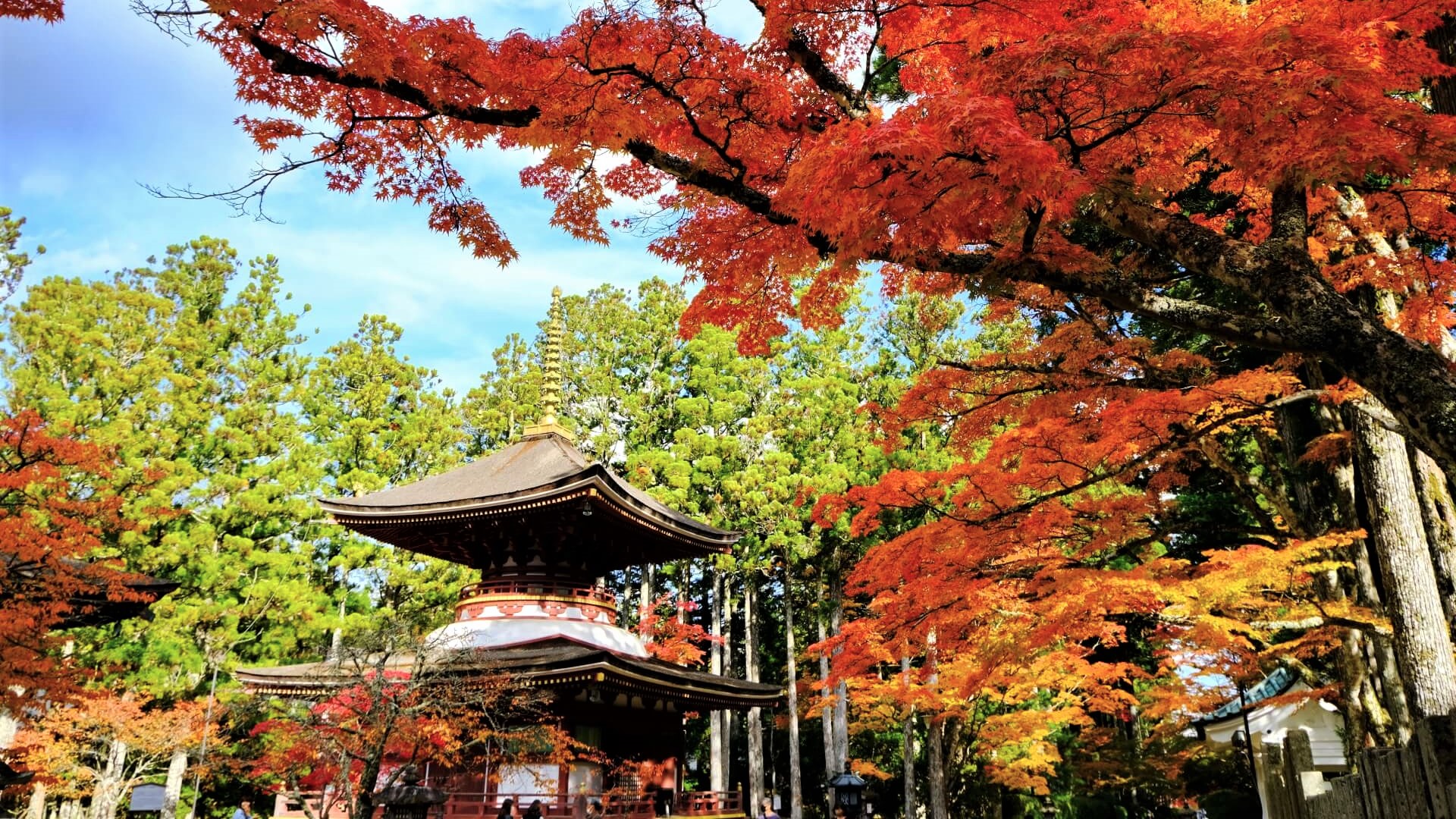
Established in 819 by Kukai – the founder of Shingon Buddhism in Japan, posthumously named ‘Kobo Daishi’ – Koyasan and its main temple of Kongobu-ji remain the headquarters of the Shingon sect to this day. As one of Japan’s main Buddhist sects, Shingon has more than 3700 affiliated temples and its teachings are interwoven within the cultural fabric of the overall country. Kongobu-ji is the principal temple within the sect – afforded World Heritage Status as part of the ‘Sacred Sites & Pilgrimage Routes in the Kii Mountain Range’ – and focal point of the overall mountain complex; a compact and compelling religious site that also includes other major temples, numerous subtemples, a university dedicated to religious studies and the mausoleums of Kukai and Japan’s third shogun Tokugawa Iemitsu.
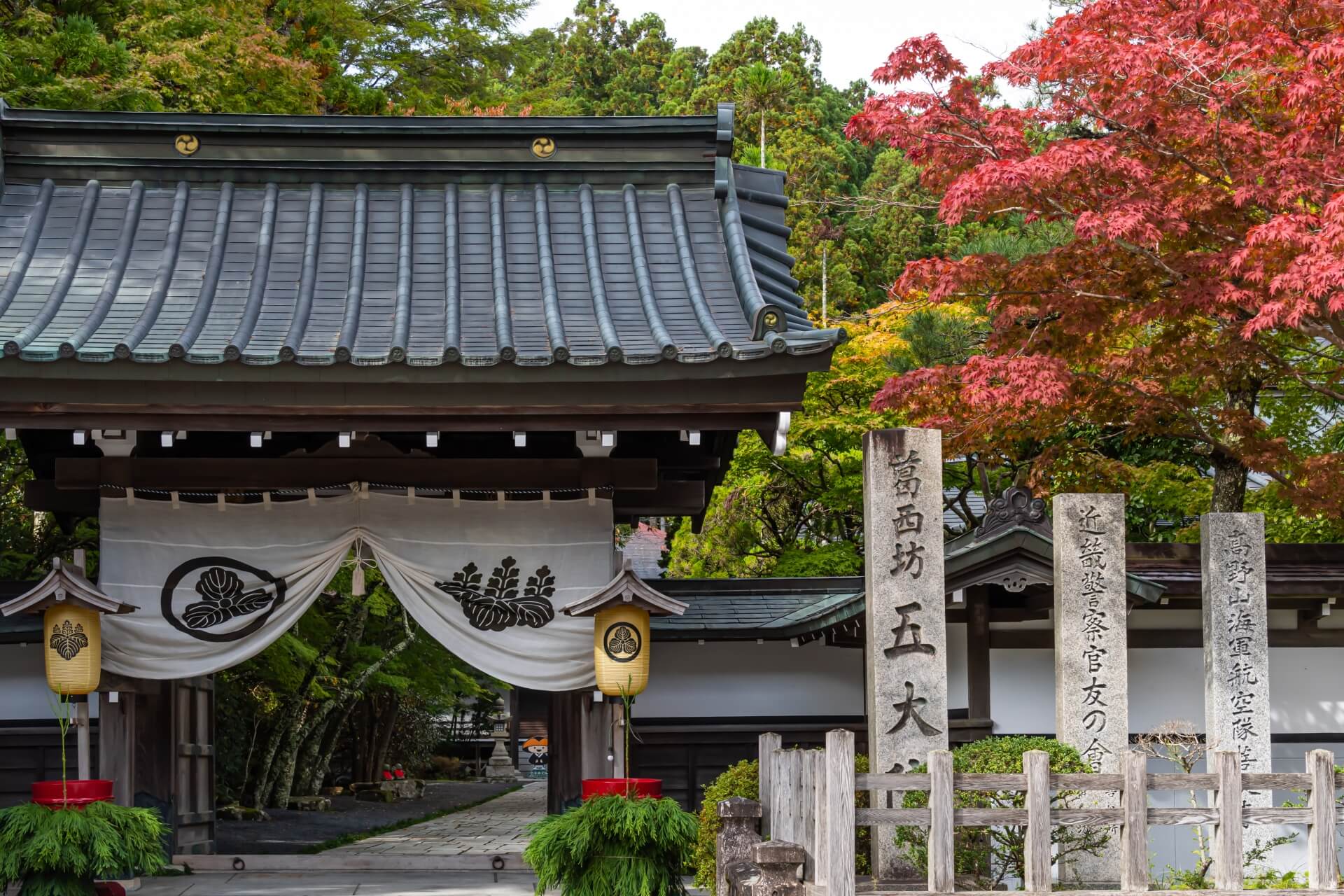
Set amongst tranquil mountain forests, the small township holds a serene and captivating atmosphere at which visitors can choose to stay overnight at one of its more than fifty ‘shukubo’ (temple lodgings). Providing guests a glimpse of the monastic life, shukubo offer typically simple but comfortable traditional rooms with on-floor ‘futon’ bedding while serving a vegan menu of ‘shojin ryori’ – translating as ‘devotion food’ -and offering a range of Buddhist practices for guests to join.
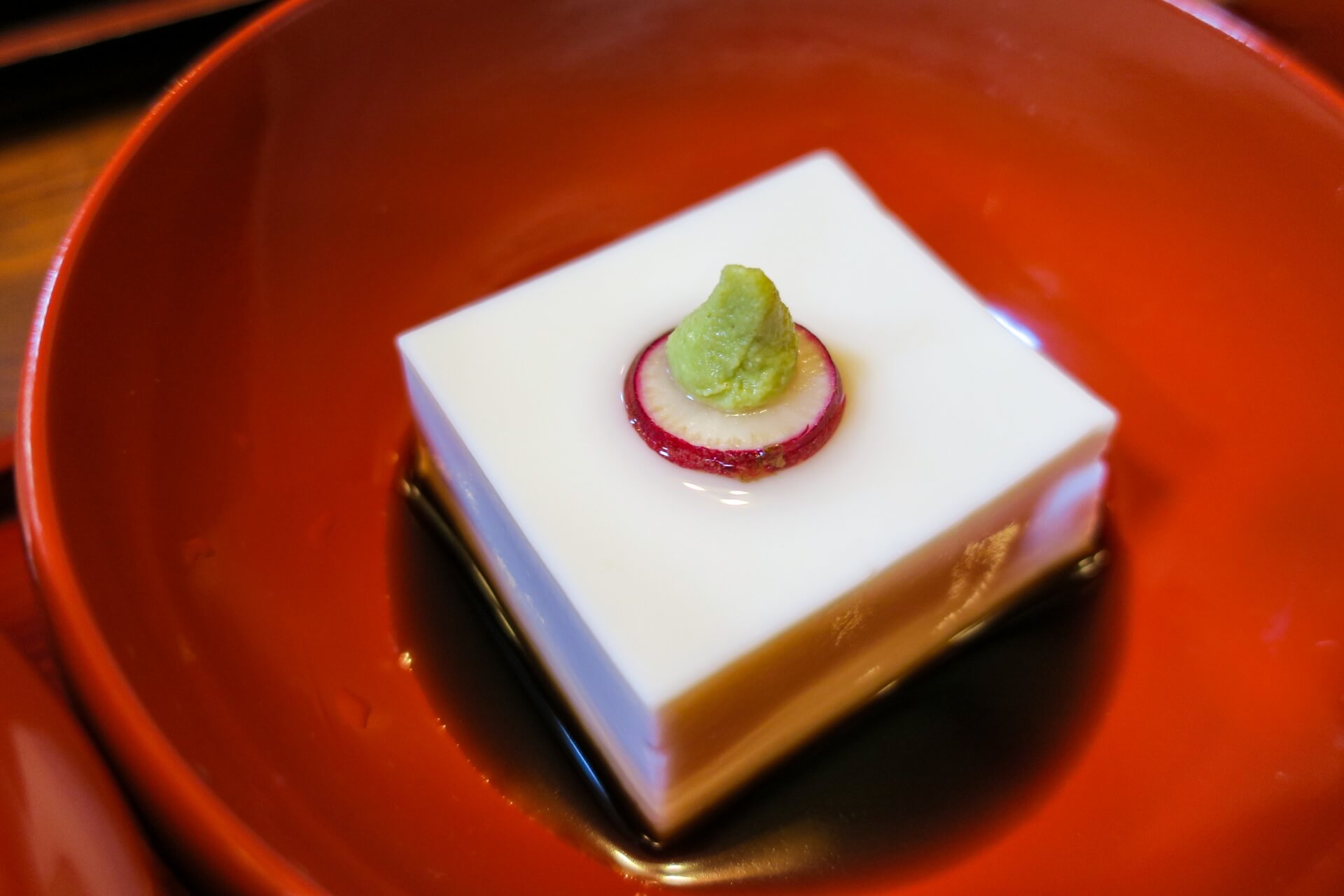
Any visitor with even a passing interest in Japanese Buddhism or simply the beauty of its traditional temple architecture, art and customs will be well-served by visiting Koyasan, whether it be as a daytrip or overnight stay. Late-October to early-November is an especially good time to visit as the mountain temples are framed by the beautiful autumn leaves.
BEST THINGS TO DO IN & AROUND KOYASAN
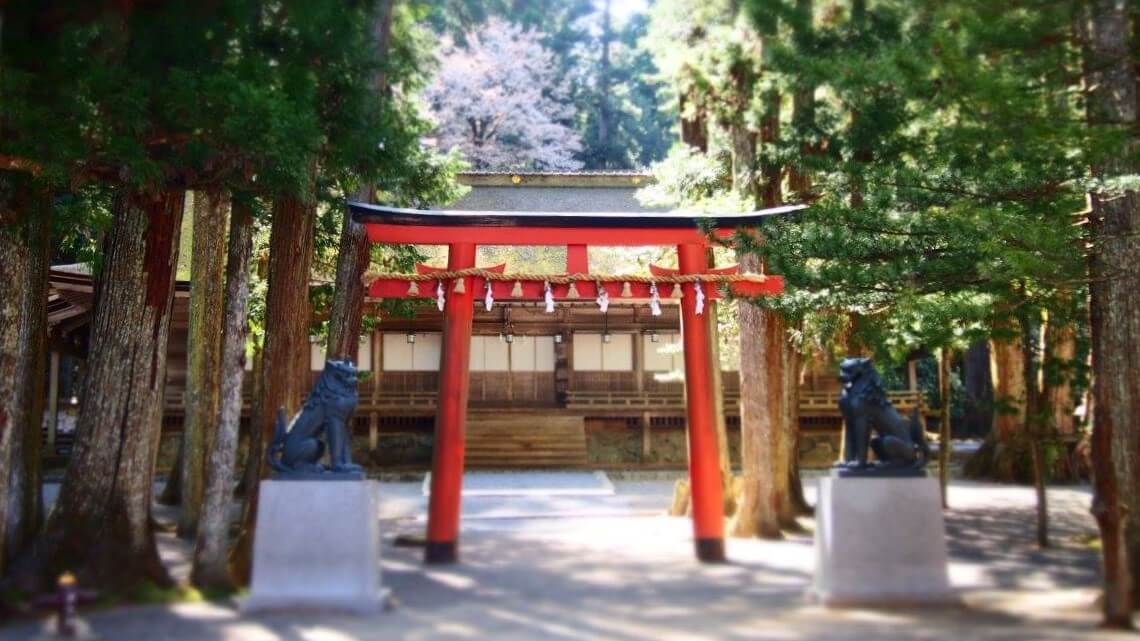

Within easy reach of Osaka, Koyasan is one of Japan’s most significant spiritual centres. Home to over one hundred temples and subtemples including more than fifty ‘shukubo’ (temple lodgings), Koyasan can be enjoyed as a day-trip but is perhaps most rewarding when experienced as an overnight stay. Shukubo welcome guests of any faith and background with the option of joining morning prayers and other Buddhist practices. In short, Koyasan is one of the most rewarding destinations in all of Japan starting with:
1 / KONGOBU-JI TEMPLE
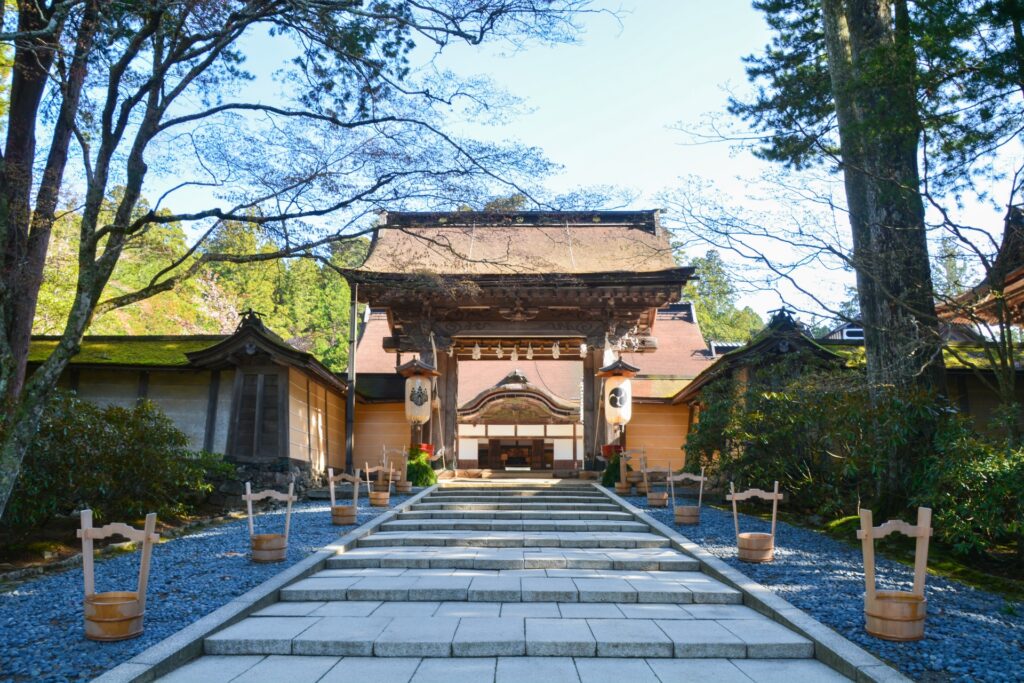
As the most important temple of the Shingon Buddhist sect, Kongobu-ji ranks as one of the most important Buddhist temples in all of Japan. Its construction was commissioned by Toyotomi Hideyoshi – the second ‘Great Unifier of Japan’ – in the in late-16th century commemoration of his mother. The original structure was later reformed and joint with a neighbouring temple to become the principal temple of the Shingon sect and focal point of Koyasan temple complex. While the façade is not as grand of some of Japan’s other great temples, the interior Kongobu-ji is truly beautiful with visitors able to move through the ‘Ohiroma Room’ lined with gilded ‘fusuma’ (sliding doors), the ‘Plum Room’ and ‘Willow Room’ also featuring elaborately painted fusuma and onto the Banryutei Rock Garden – the largest rock garden in Japan.
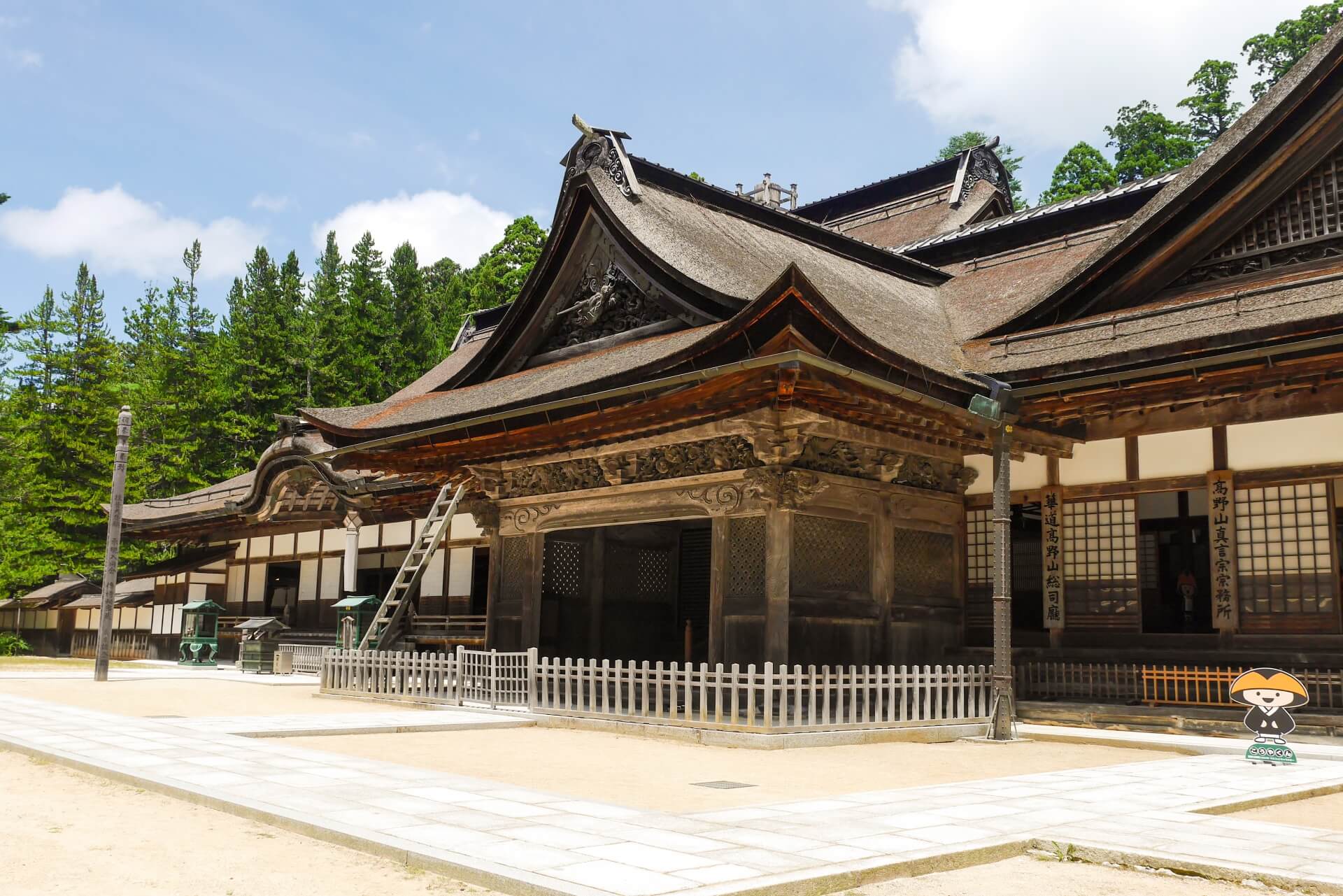
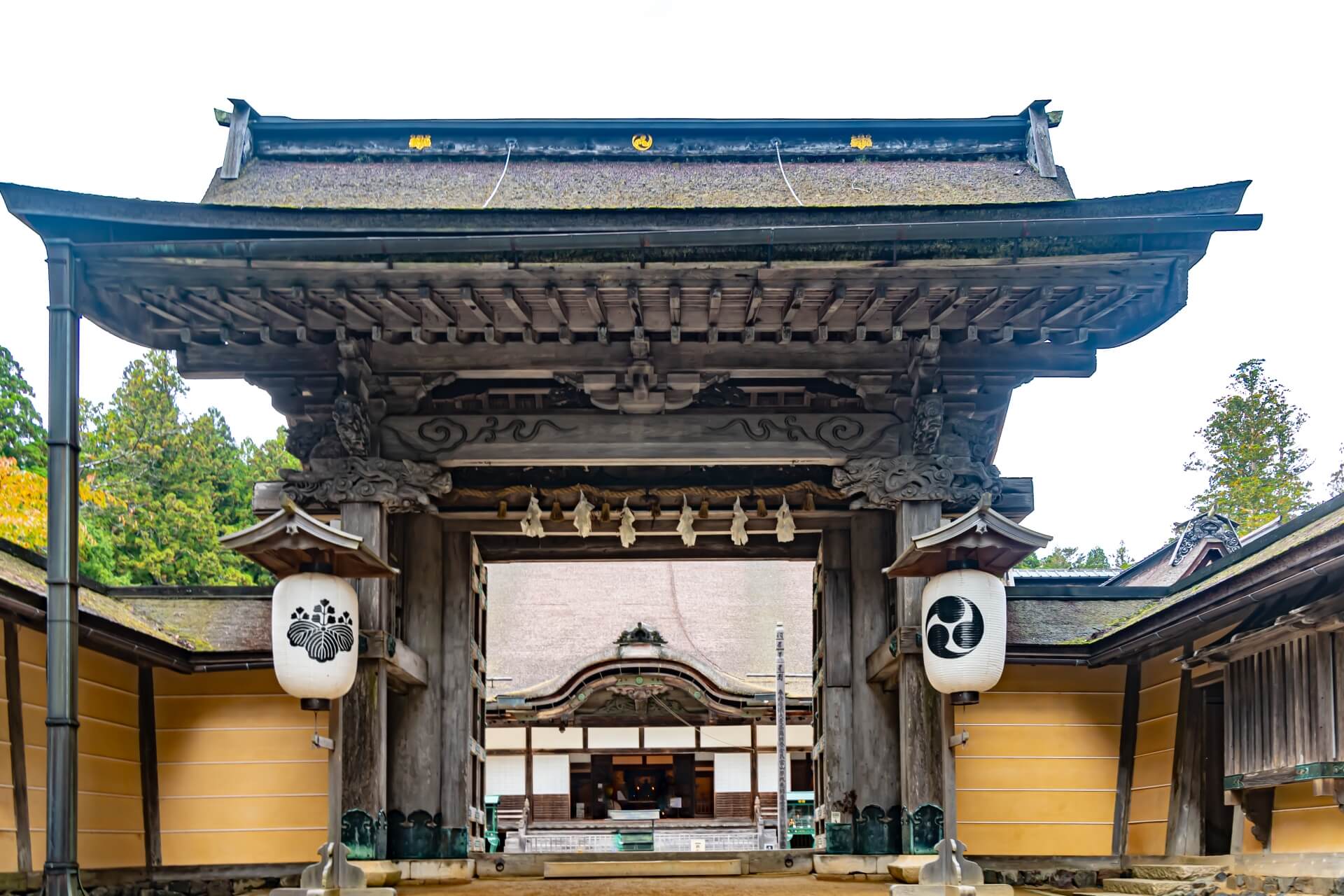
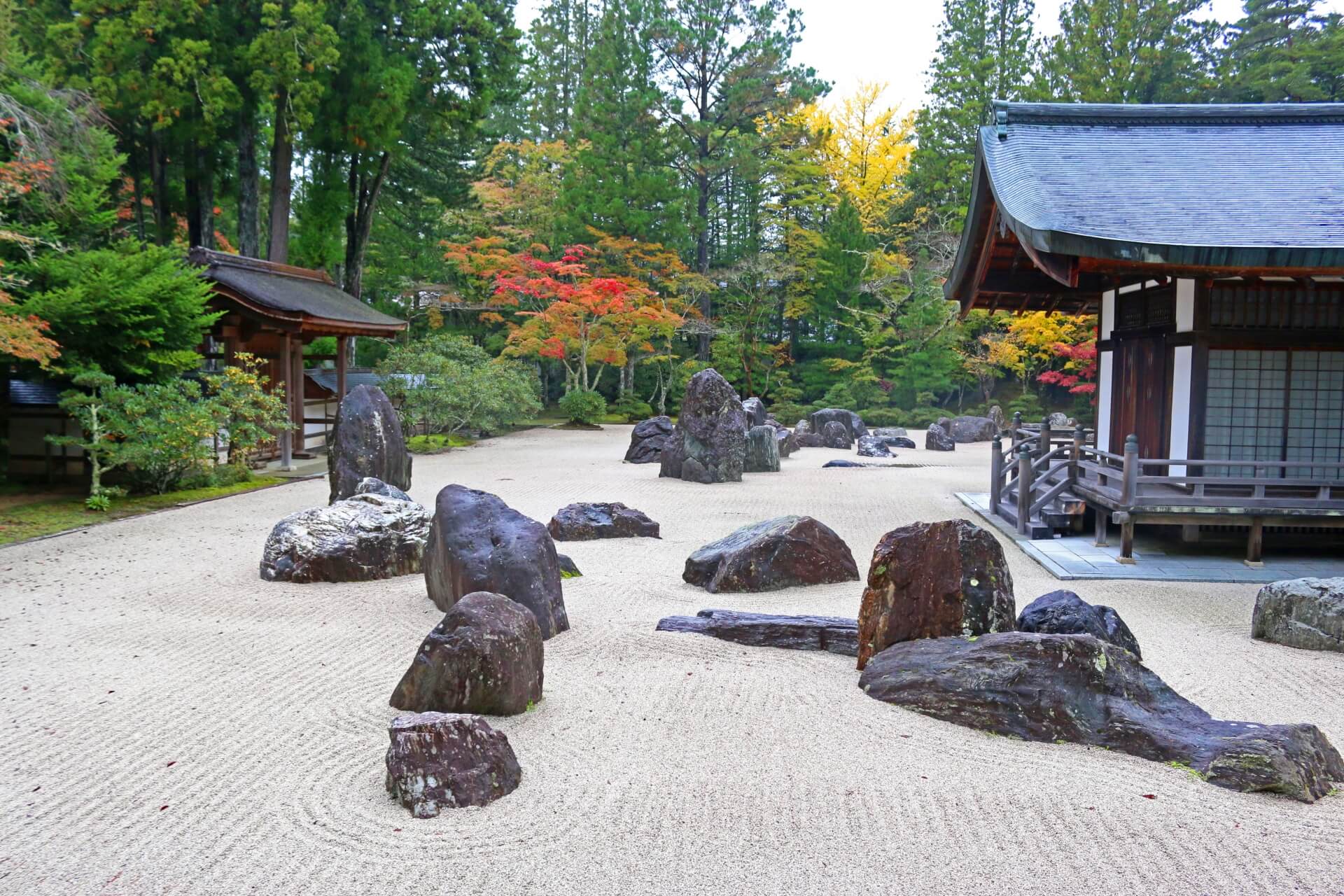
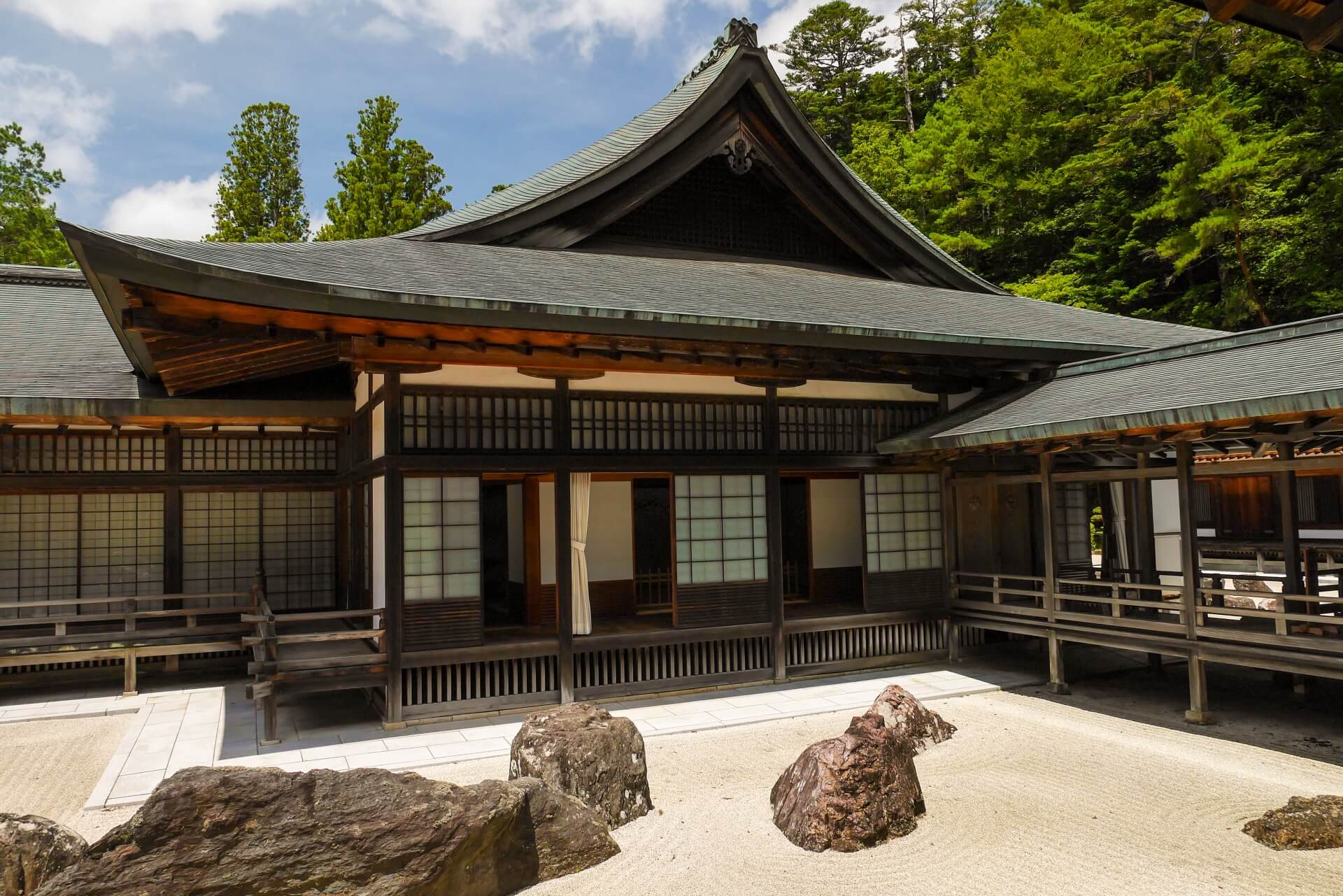
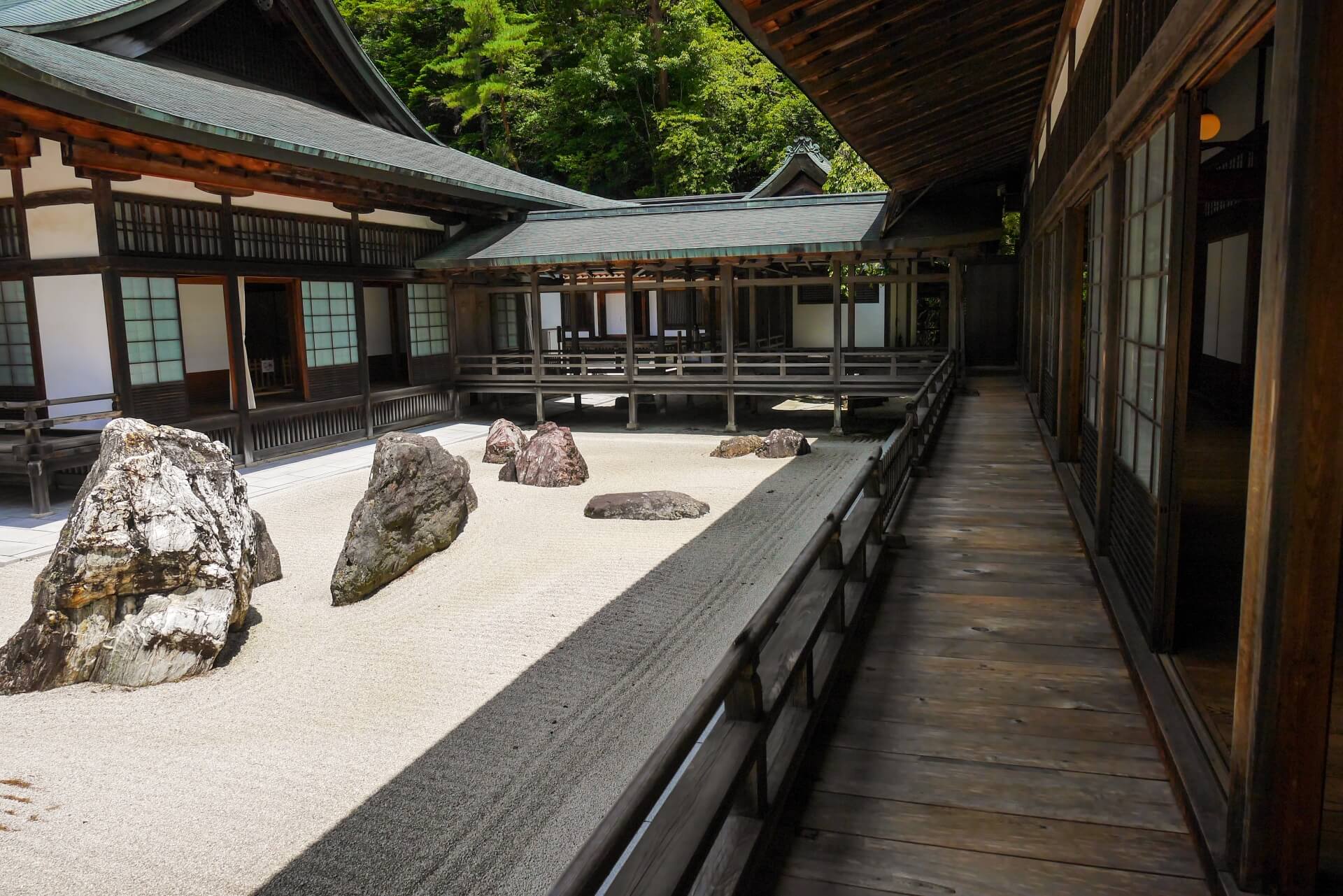
In essence, any visit to Koyasan needs to begin at Kongobu-ji before heading onto the many other attractions of the mountain. The temple is open daily from 08:30 to 17:00 (with last entry at 16:30). Admission to the temple costs JPY500 or it can also be accessed, along with other sites, using the ‘Combination Ticket’ on sale at the Koyasan Tourist Information Offices for JPY2500.
2 / OKUNOIN TEMPLE inc KOBO DAISHI MAUSOLEUM
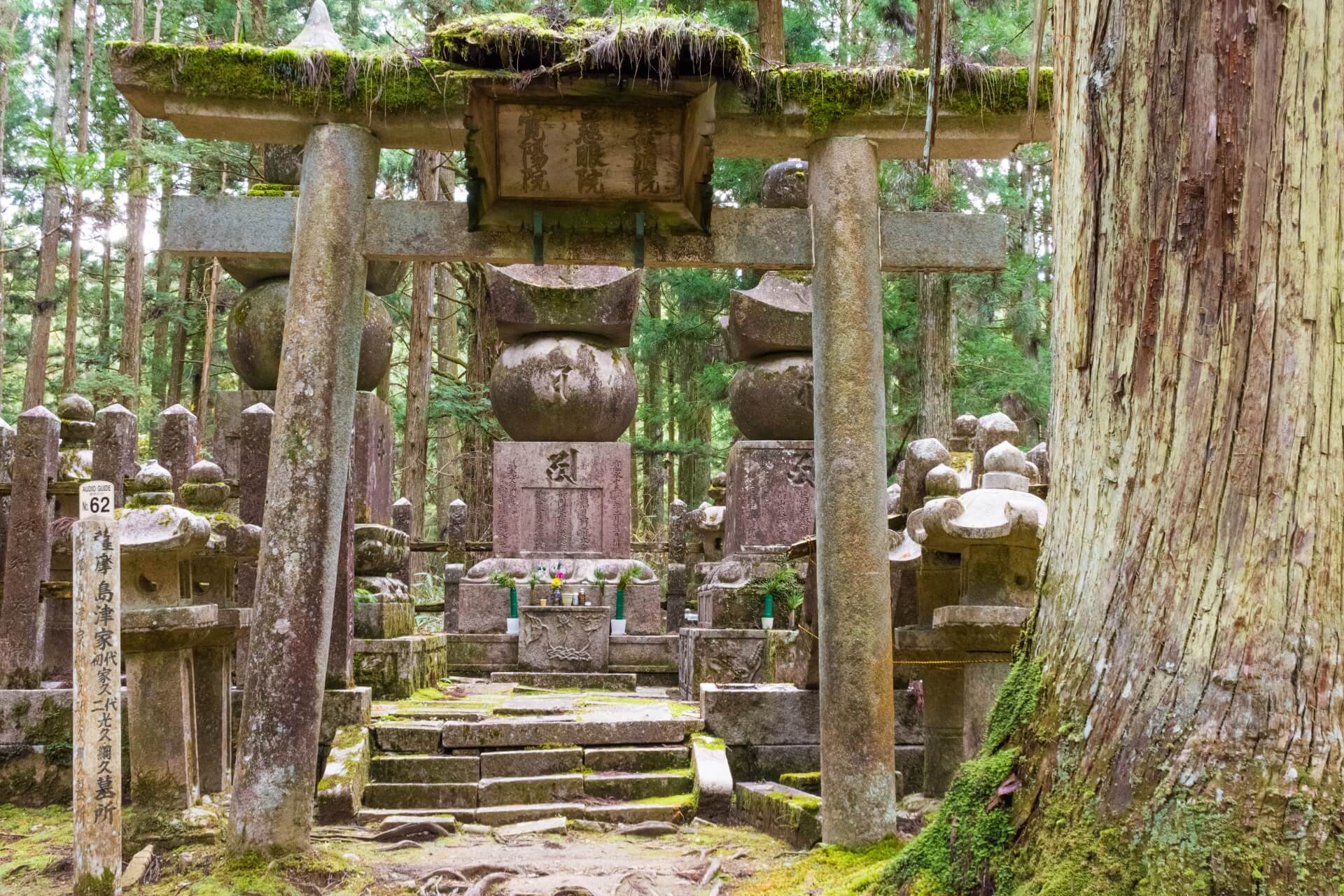
Located around 2.5 kilometres to the east of Kongobu-ji, Okunoin is another of Koyasan’s most important sites. Entrance to the expansive temple grounds is marked by the Ichinohashi (First Bridge) which leads to a 2 kilometre forested avenue through Japan’s largest cemetery. More than 200,000 tombstones, stone lanterns and statues line the walk that leads onto the mausoleum of Kukai, posthumously named Kobo Daishi. Before arriving at the mausoleum, visitors pass by the Gokusho Offering Hall and pass over Gobyohashi Bridge marking the inner and most sacred area of the temple.
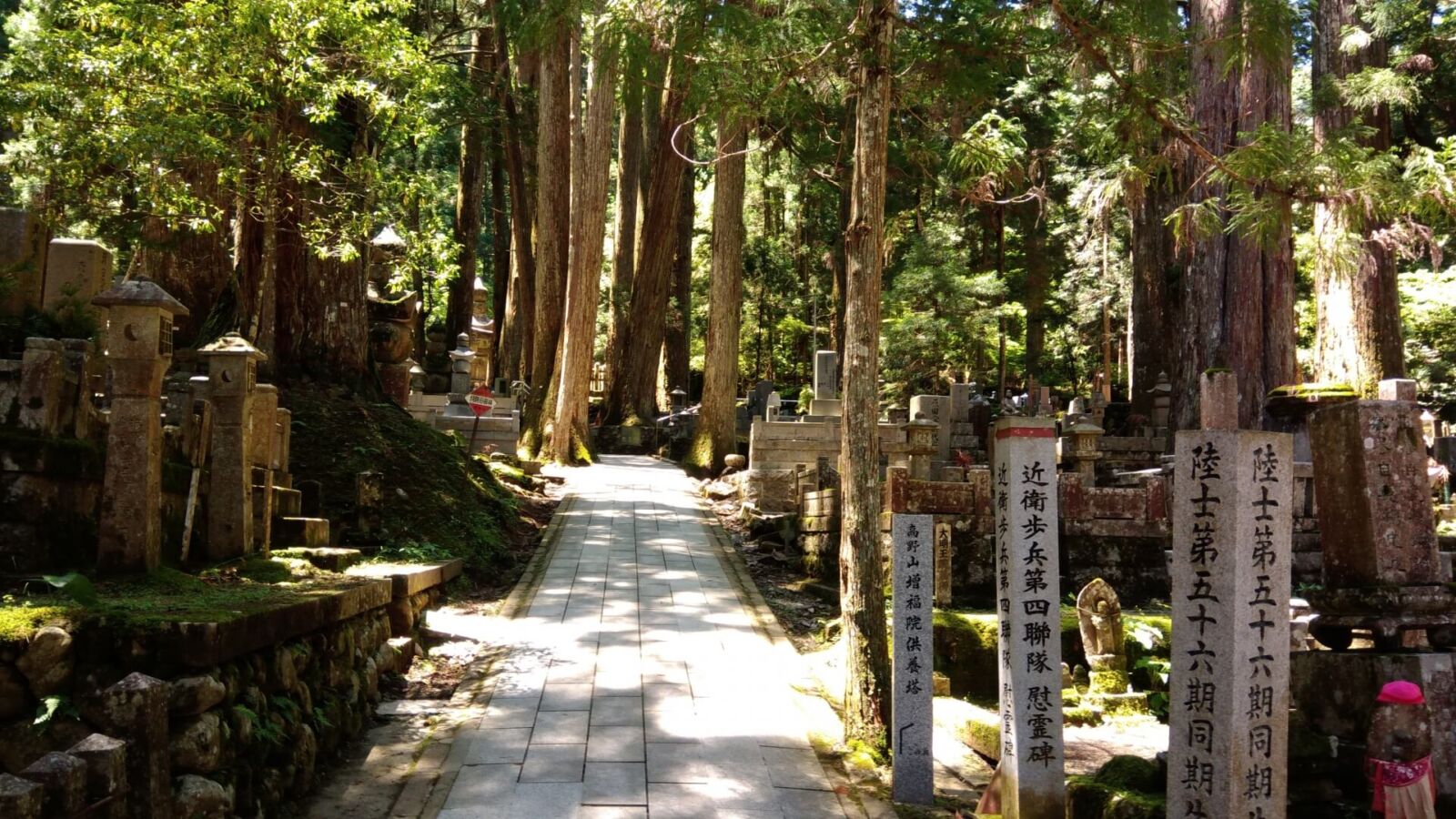
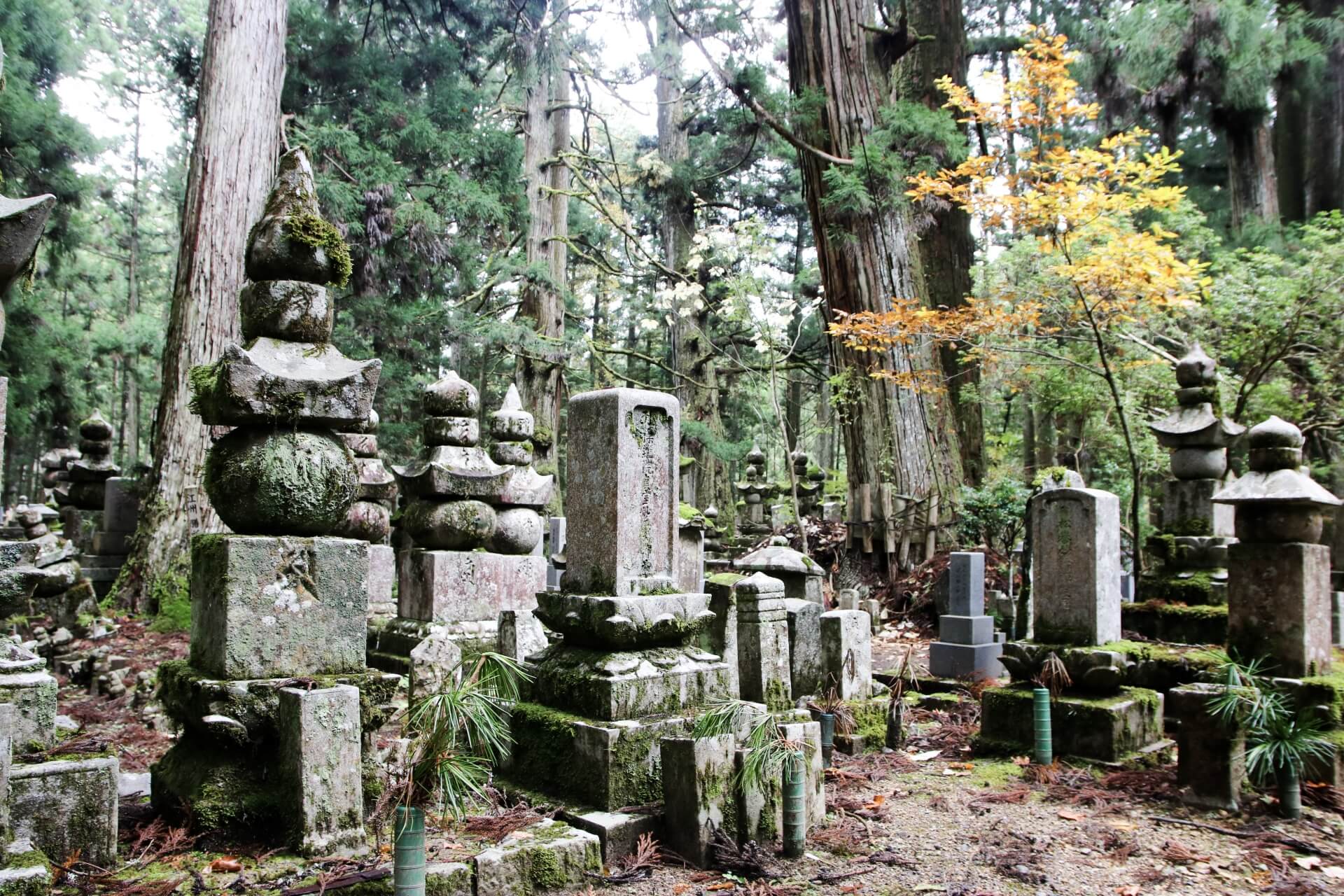
Photographs are not allowed after you pass over the Gobyohashi Bridge, a reflection of the sanctity of this realm. Stepping into the inner sanctuary stands-out as one of Japan’s most solemn and remarkable experiences, typified by entering Torodo Hall or ‘Hall of Lamps’ – see below for full details – and onto the Gobyo (Kobo Daishi’s Mausoleum) behind the Torodo. Said to be in meditation until the coming of the Future Buddha, visitors and pilgrims venture to this sacred space from all over Japan and the world. The Okunoin grounds can be accessed at any time of day while entry to all areas including Gokusho (08:30 to 17:00) and Torodo (06:00 to 17:30) is free.
3 / TORODO HALL
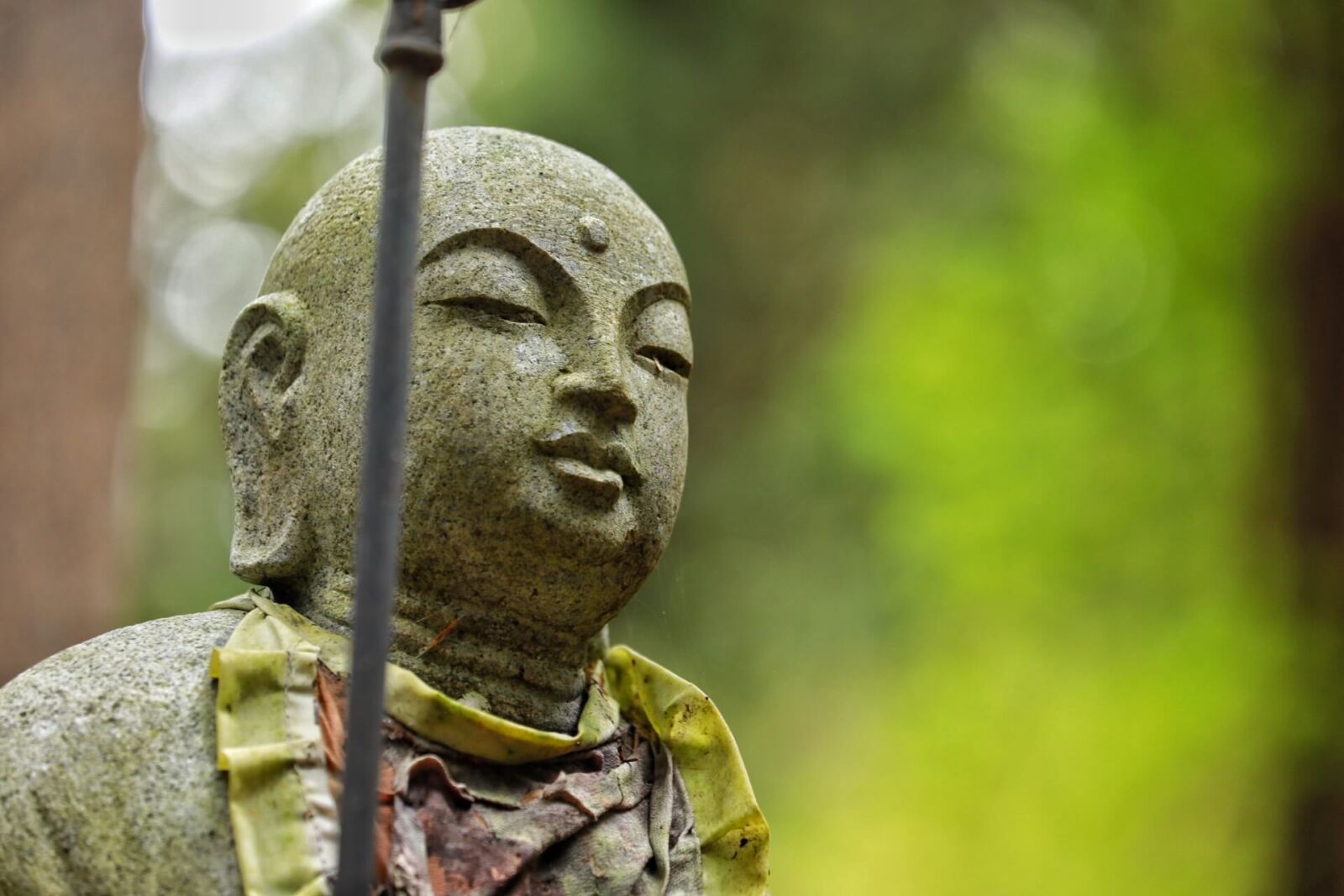
While Torodo or the ‘Hall of Lamps’ is within Okunoin – indeed it is the main hall of worship – it is worth singling it out for its particular beauty. The temple hall houses over 10,000 golden lanterns along with more than 50,000 statues donated to the temple in commemoration of Kobo Daishi. It is said that lanterns have been continually burning here for more than one thousand years as the temple acts as the main hall of worship of Kobo Daishi. Photos in this area are forbidden imbuing the entire experience with an even more sacrosanct atmosphere and making it one destination you really must see first-hand to have a true appreciation of its beauty and meaning. Torodo is open daily from 06:00 to 17:30 and admission is free.
4 / GARAN
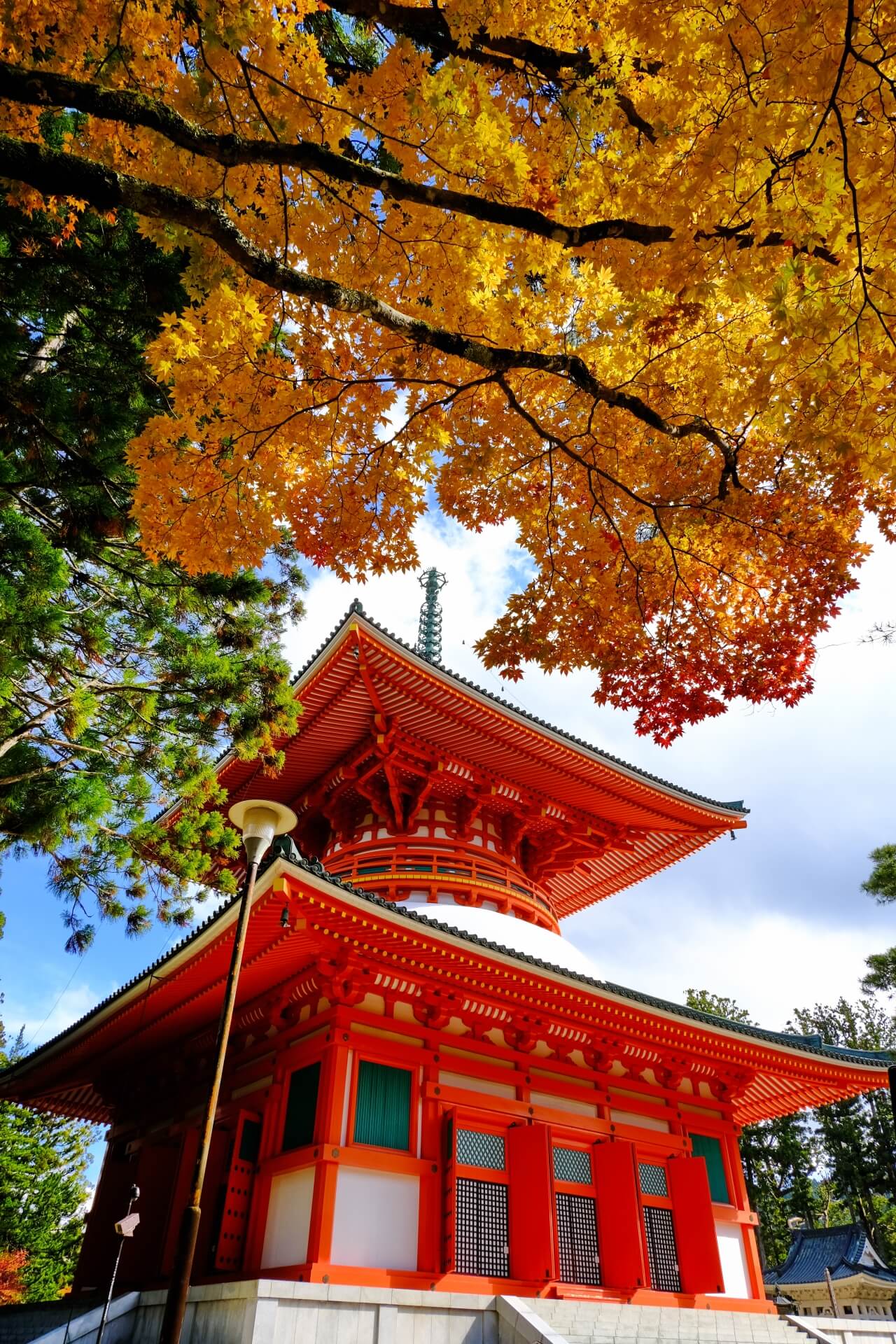
Under 5 minutes walk to the west of Kongobu-ji Temple, Danjo-Garan or simply ‘Garan’ is another of Koyasan’s most renowned temples – one the temples built during the lifetime of Kukai. Although Kukai did not live to see its completion, he instructed followers within the temple grounds giving it huge importance to follower of Shingon Buddhism and the Japanese in general. The temple consists of around 20 buildings of which the Kondo (main hall) and large Konpon Daito Pagoda are its most notable structures. Standing 45 metres in height, the two-tiered vermillion pagoda houses a statue of the ‘Dainichi Nyorai’ (Cosmic Buddha) and is perhaps Koyasan’s most recognisable structure while certainly another temple you must visit while there. The temple grounds are open at all times of day and admission is free. The Kondo Hall and Konpon Daito Pagoda are accessible daily from 08:30 to 17:00. Admission to each costs JPY500 or they can also be accessed, along with other sites, using the ‘Combination Ticket’ on sale at the Koyasan Tourist Information Offices for JPY2500.
5 / DAISHI KYOKAI
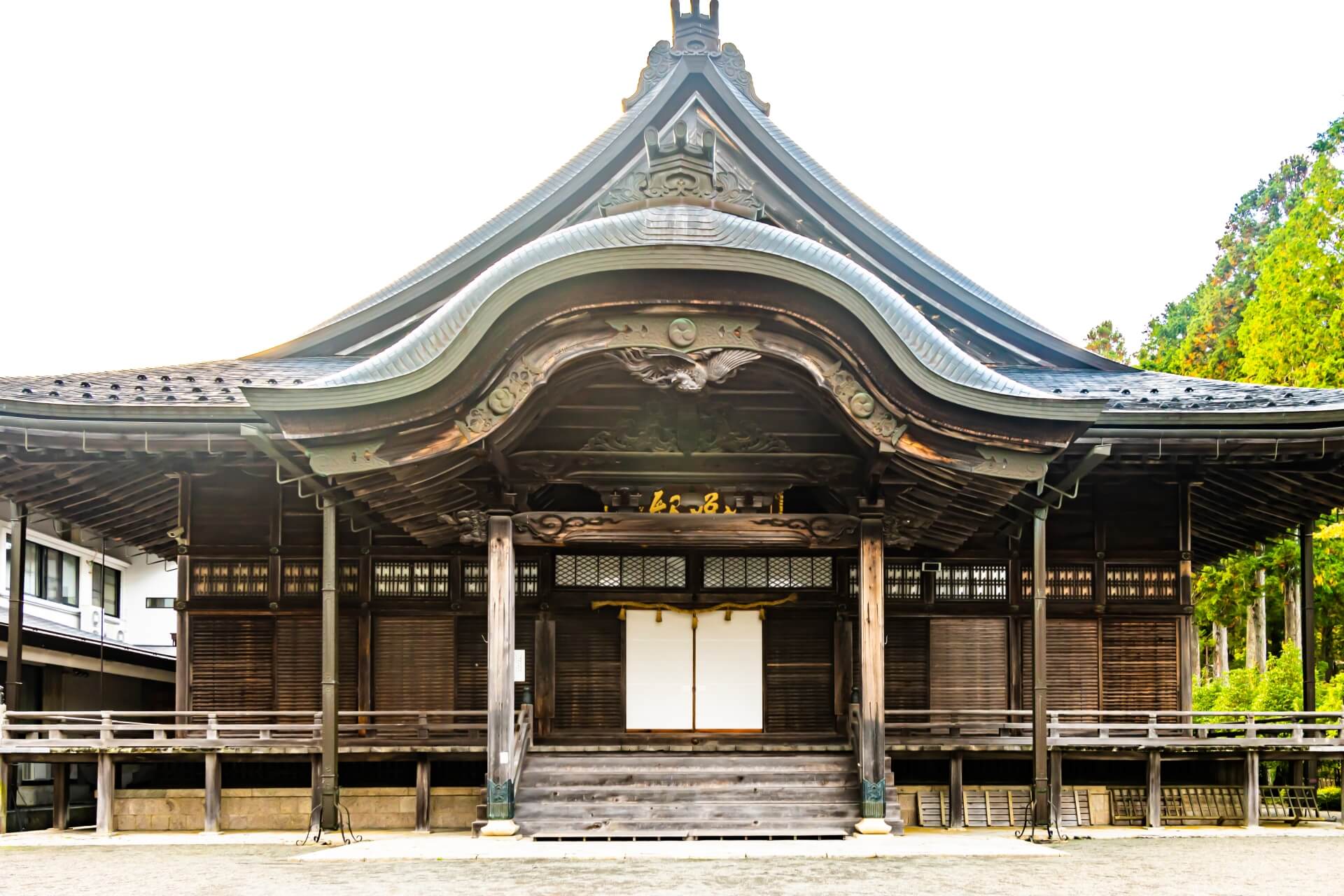
Only a few minutes walk from Kongobu-ji, Daishi Kyokai acts as an administrative centre of Koyasan, tasked with spreading the teachings and practices of Shingon Buddhism. Visitors to Daishi Kyokai can undertake activities including receiving ‘jukai’ (the Buddhist precepts) and ‘shakyo’ (copying Buddhist scripture) without advanced reservation. These and other functions take place in the temple’s modern administrative building while ‘Henjoden’, the traditional temple hall, is dedicated to Kobo Daishi and another place of deep devotion. The temple is open daily from 08:30 to 17:30 (with last entry at 16:30) and entry is free. ‘Jukai’ services take place hourly from 09:00 to 16:00 and costs JPY1000 or covered by the ‘Combination Ticket,’ on sale at the Koyasan Tourist Information Offices for JPY2500.
6 / KOYASAN REIHOKAN MUSEUM
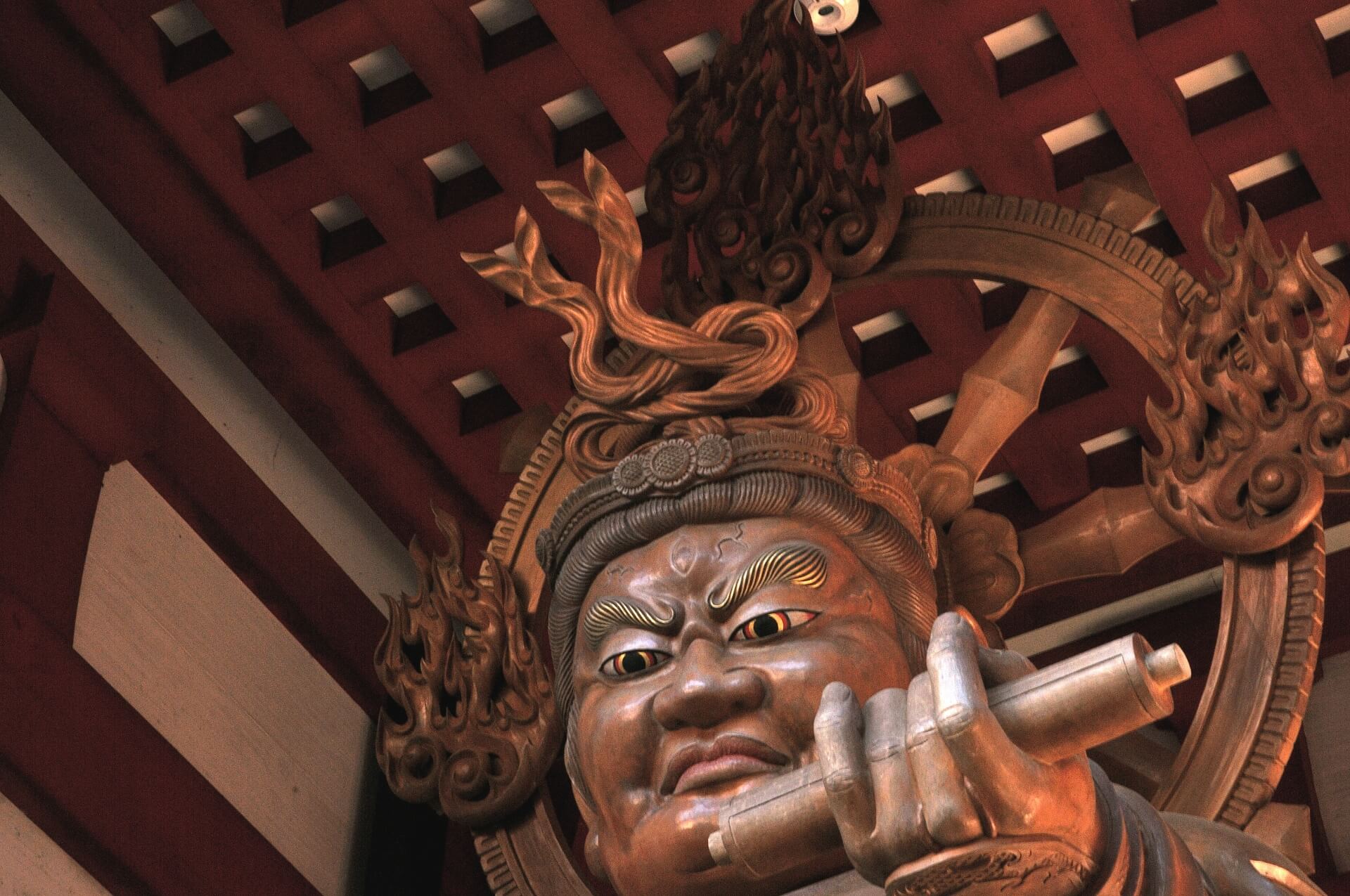
Located across from Daishi Kyokai, the Reikhokan Museum was established in 1921 to house many of Koyasan’s most important cultural assets. Among the estimated 78,000 items – including Buddhist sculpture, paintings, calligraphy, ceremonial and other artefacts – within the museum’s collection, around 28,000 are ‘Designated Cultural Items’ including 21 ‘National Treasures’ and 149 ‘Important Cultural Properties’. Given the immense size of the museum’s collection, exhibitions are rotated seasonally. The museum is open daily (other than over the New Year period) from 08:30 to 17:30 (and until 7:00 from November to April), with last entry 30 minutes before. Admission is JPY1300.
7 / STAY AT A ‘SHUKUBO’ (TEMPLE LODGING)
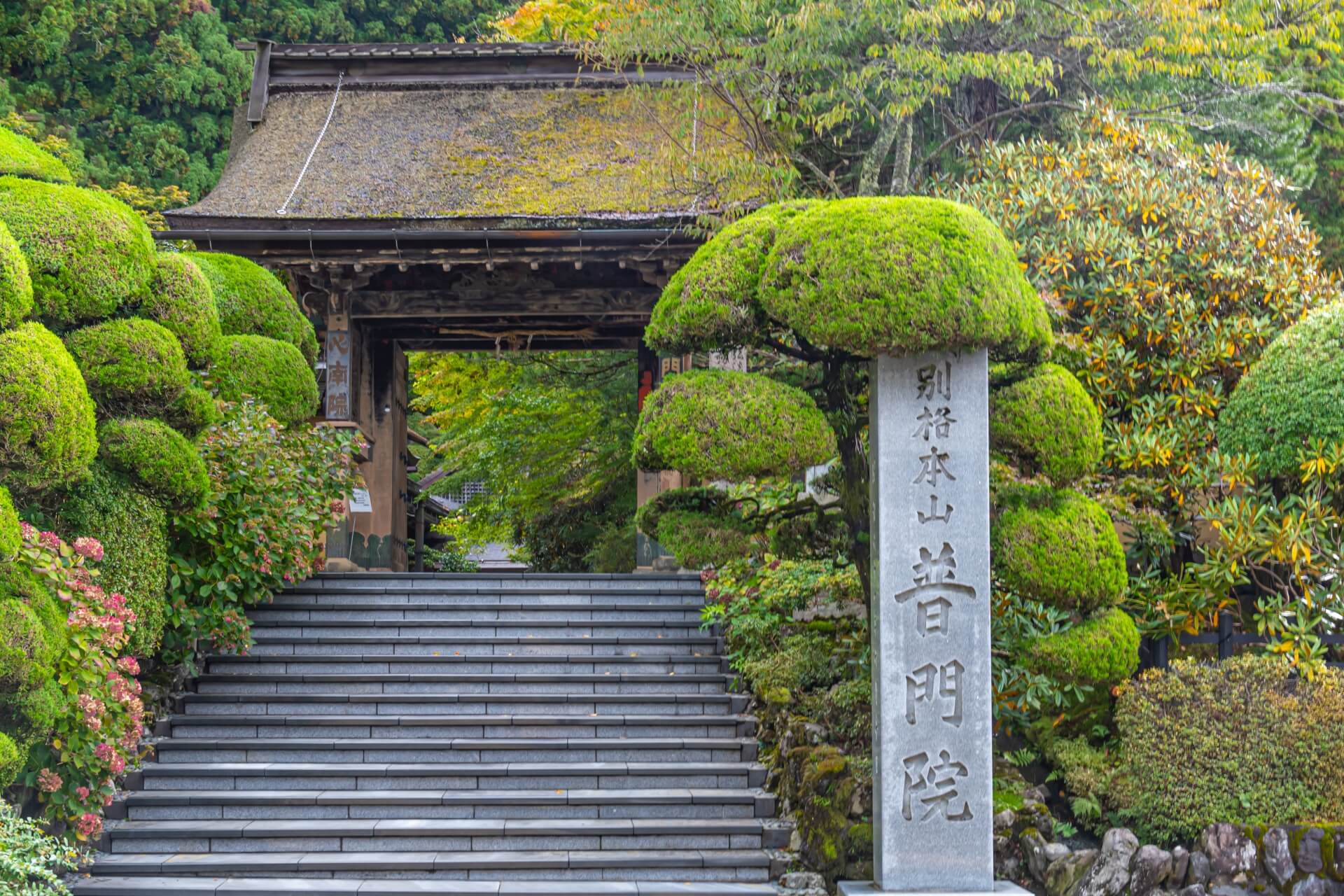
Koyasan boasts around 120 subtemples of which around 50 also offer lodging in the form of traditional ‘shukubo’. A ‘shukubo’ is basically a ‘ryokan’, a traditional guesthouse providing lodging to visitors to nearby or within temple and shrine complexes at which guests can glimpse the daily practices of the monastic life. Shukubo typically offer guests traditional rooms with ‘tatami’ matting, low furniture and on-floor ‘futon’ and serve vegetarian menus of ‘shojin ryori’ (monk’s cuisine) – see below. Prices vary for accommodation with most priced between JPY9000 to JPY15,000 per person, including dinner and breakfast). Most shukubo offer guests the opportunity to join morning prayers with many also offering guided meditation sessions during the day. Originally intended to provide accommodation to pilgrims and other Buddhist practitioners, most shukubo are open to guests of any faith or background, regardless of whether than are there on pilgrimage or visiting for other reasons. For accommodation listings, see our ‘Koyasan (Mount Koya) Area’ hotel page.
8 / ENJOY A TRADITIONAL ‘SHOJIN RYORI’ MENU
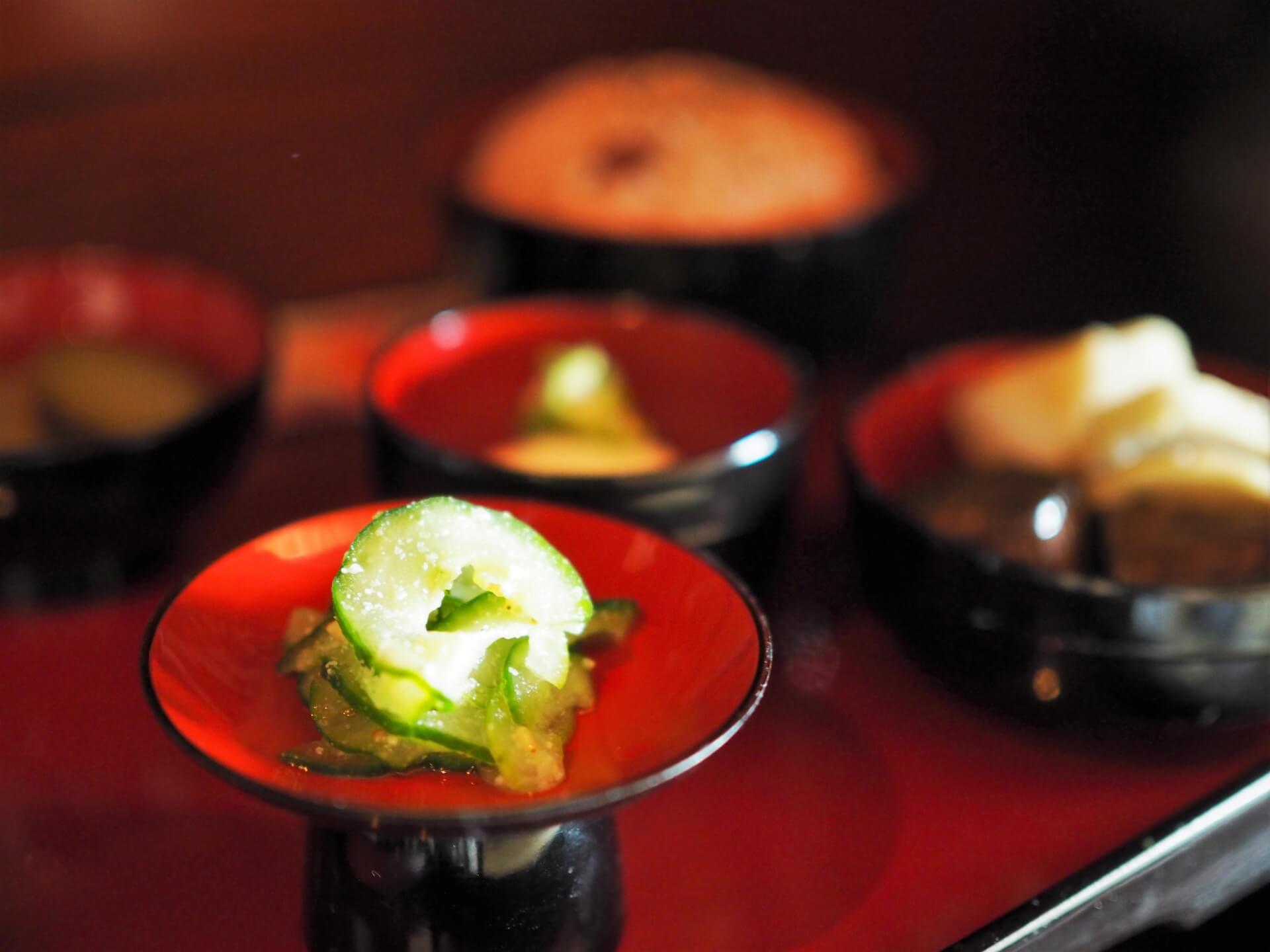
Introduced to Japan during the 13th century, ‘shojin ryori’ is a vegetable-based cuisine prepared by and served to monks as their daily diet. Translating as ‘devotion food’, menus do not include meal, fish or animal products and typically make use of ingredients including tofu, seasonal vegetables and ‘sansai’ (wild mountain vegetables). Flavours are subtle and delicious following the ‘rule of five’ including five flavours – sweet, sour, salty, bitter and ‘umami’ – and five colours – green, yellow, red, black and white – intended to provide a balanced and nutritional menu to monks. Shukuko in Koyasan serve shojin ryori menus for dinner and breakfast, a highlight of any stay. Needless to say, shojin ryori is well-suited to vegan and vegetarian travellers given it does not include any animal products but whether or not you have such dietary requirements, it is well-worth experiencing at least once and perhaps best enjoyed while staying in Koyasan.
9 / WALK THE PILGRIMAGE TRAILS OF KOYASAN
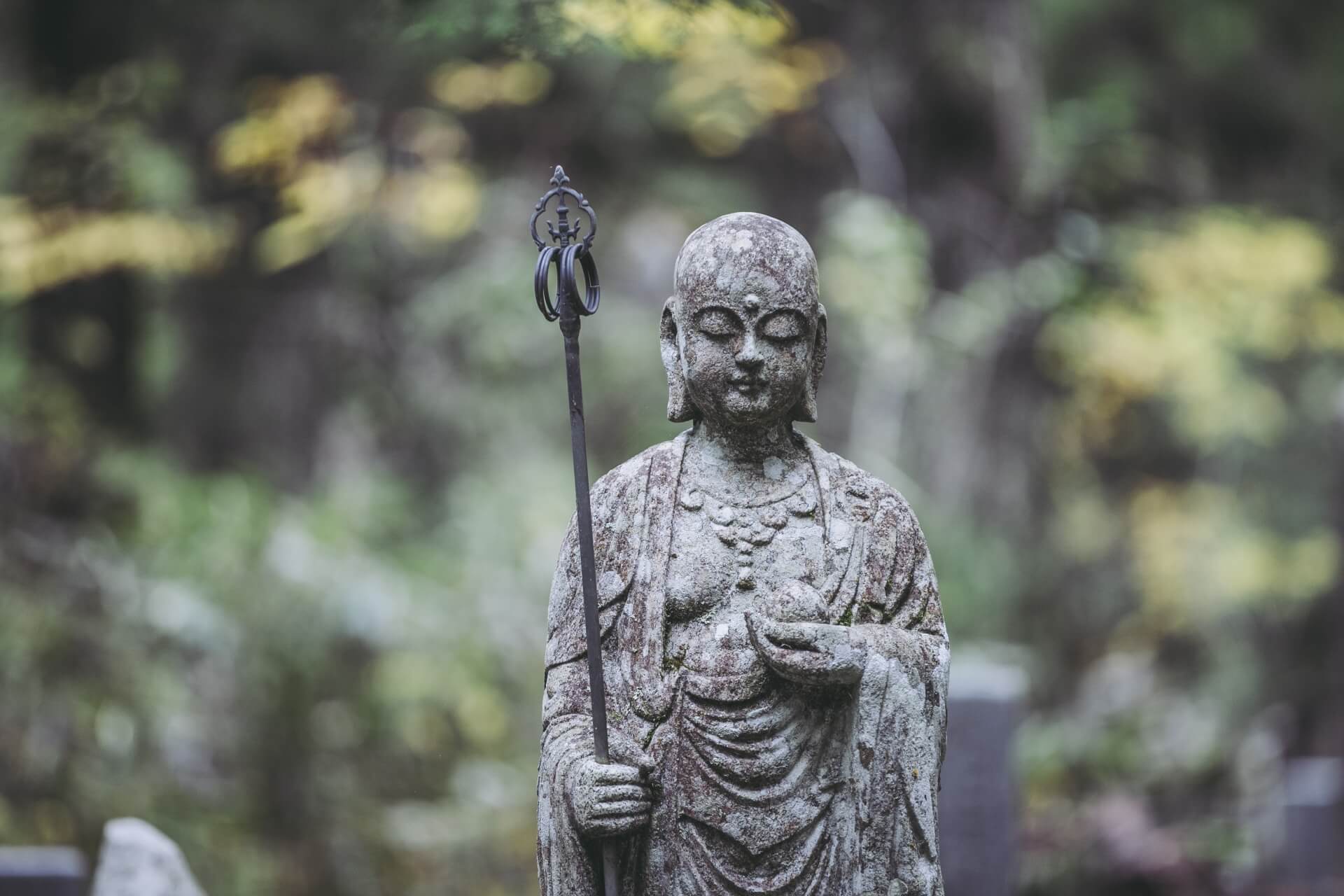
Before the introduce of modern infrastructure to the area, accessing Koyasan was only possible on-foot via a network of pilgrimage trails. The main trail, known as the ‘Koyasan Choishi Michi’, is 23.5 kilometres in length when starting from Kudoyama Station. There are also trailheads accessible nearby Kami-Kosawa Station and Kii-Hosokawa Station, shortening the walk from seven hours to five or three hours respectively. Stone markers are placed at regular intervals along the trail, leading visitors onto the Daimon Gate – see below for details – and Koyasan temple complex. There are other shorter trails including the Fudozaka Trail and Women Pilgrims Course along with the notably more challenging Kohechi Trail – a 65km trail that connects Koyasan to the World Heritage sites of the Kumano Kodo – allowing visitors to walk the footsteps of countless pilgrims and devotees who have ventured to Koyasan over many centuries.
10 / KOYASAN DAIMON
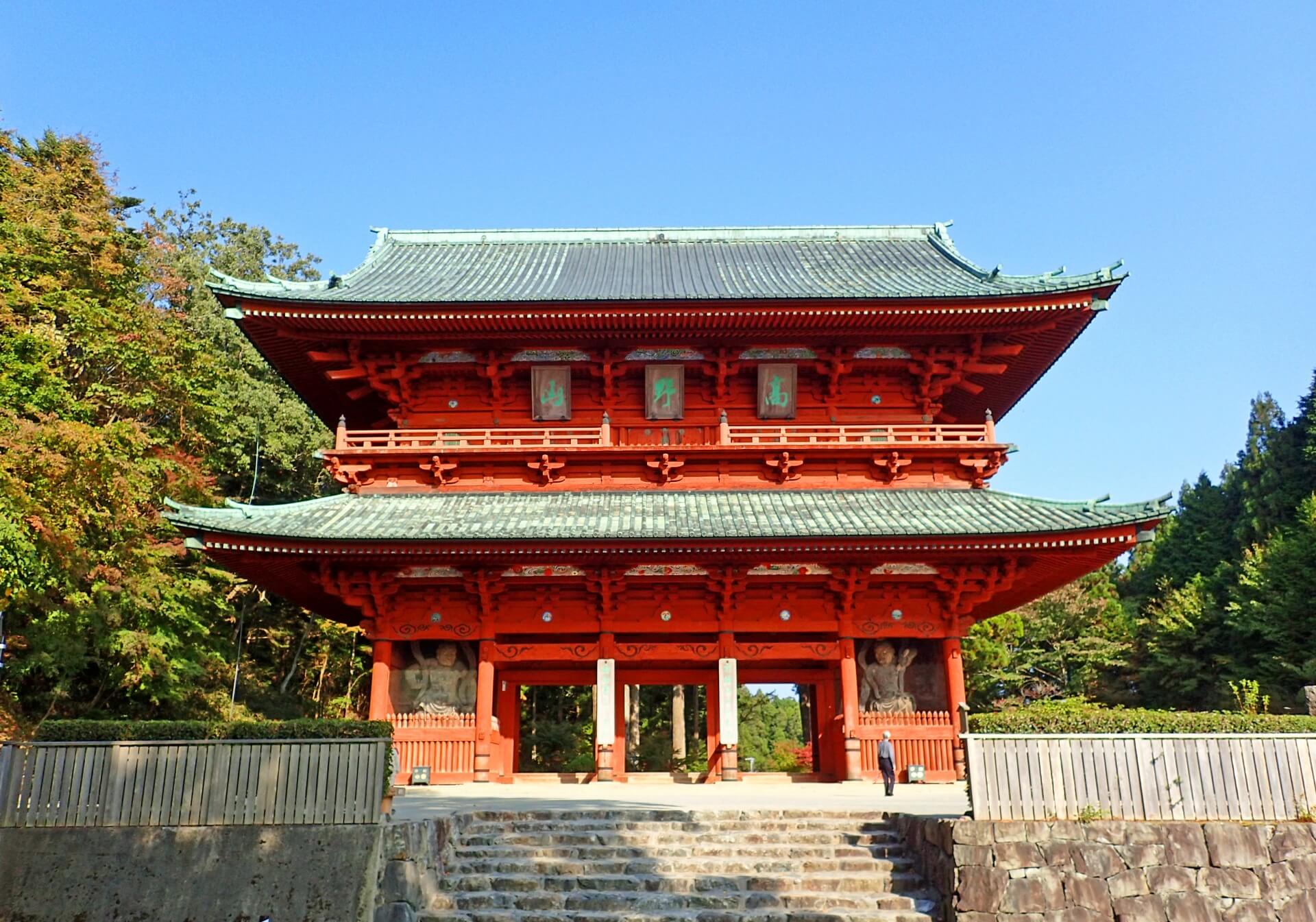
Visitors accessing Koyasan along the Choshi Michi trail will, upon arrival, enter via the ‘Daimon’ or ‘Great Gate’. Standing 25 metres in height, the gate was constructed in 1705 and houses two immense ‘nio’ (wrathful guardians), said to be the second largest such statues in Japan behind the ‘nio’ inside the Daimon of Todai-ji in Nara – Japan’s largest temple. Illuminated at night, the gate is accessible at all times of gate and is free of charge.
11 / AUTUMN LEAVES OF KOYASAN
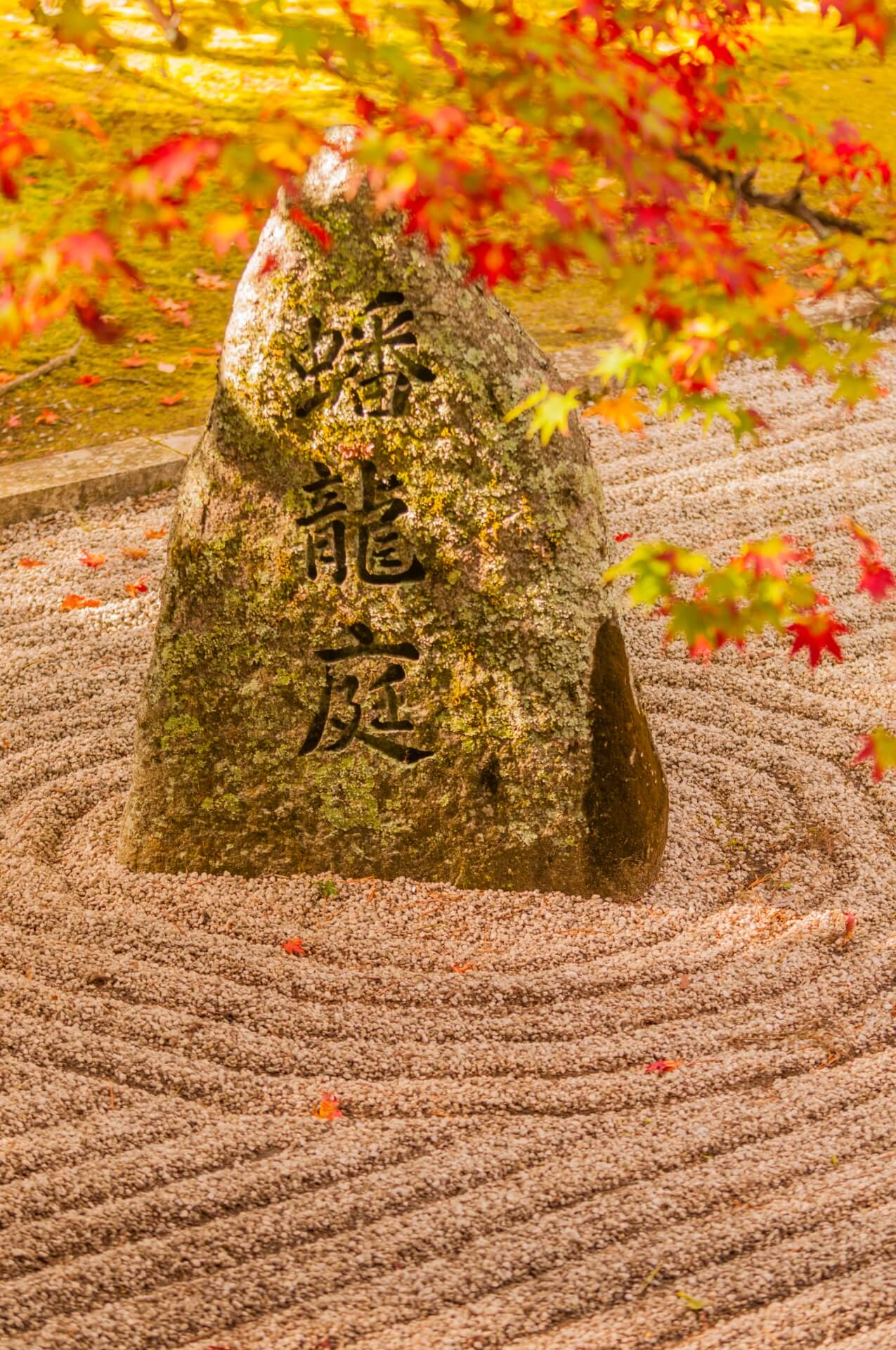
One of Japan’s most rewarding destinations, Koyasan is beautiful at all times of year and especially so in autumn, when the changing leaves frame its many temples in splendid shades of red, yellow, orange and brown. The leaves are typically at their best from late-September until early-October while weather rapidly cools, making it a lovely time of year to visit. The beauty of the leaves makes autumn an especially popular time to visit Koyasan therefore if you’re planning to stay at a ‘shukubo’ while there, make sure to book well ahead to ensure you can stay at your preferred accommodation.
12 / VISIT KYOTO, NARA & OSAKA
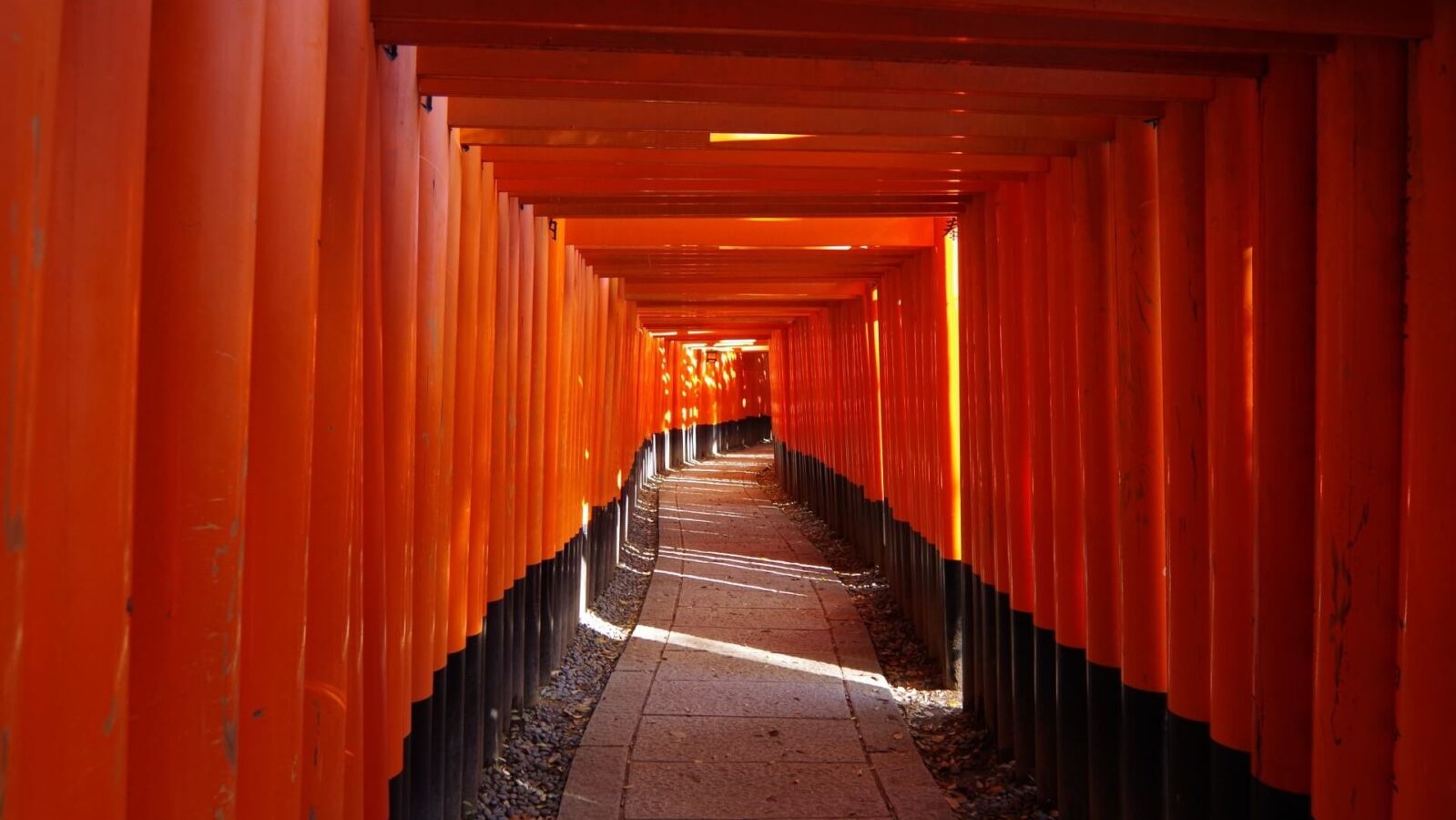
Marking the border of western and central Japan, the cities of Kyoto, Nara and Osaka are all firmly established as popular destinations for international visitors. The proximity of the three cities allows for easy day-trips from one to the other and as such, many travellers group them together on their itinerary but perhaps wonder what’s on offer in each. Osaka is the nearest major city to Koyasan. Big, brash and bold, Osaka is known for its shopping, nightlife and some of Japan’s best food; while nearby Kyoto and Nara are Japan’s former capitals and most historic cities, boasting many of the country’s most important temples and shrines. Our ’40 Things to Do in Kyoto, Nara & Osaka’ page lists some of our favourite attractions and activities across the three cities including our recommendations of where to stay while there.
13 / WALK THE ‘KUMANO KODO’
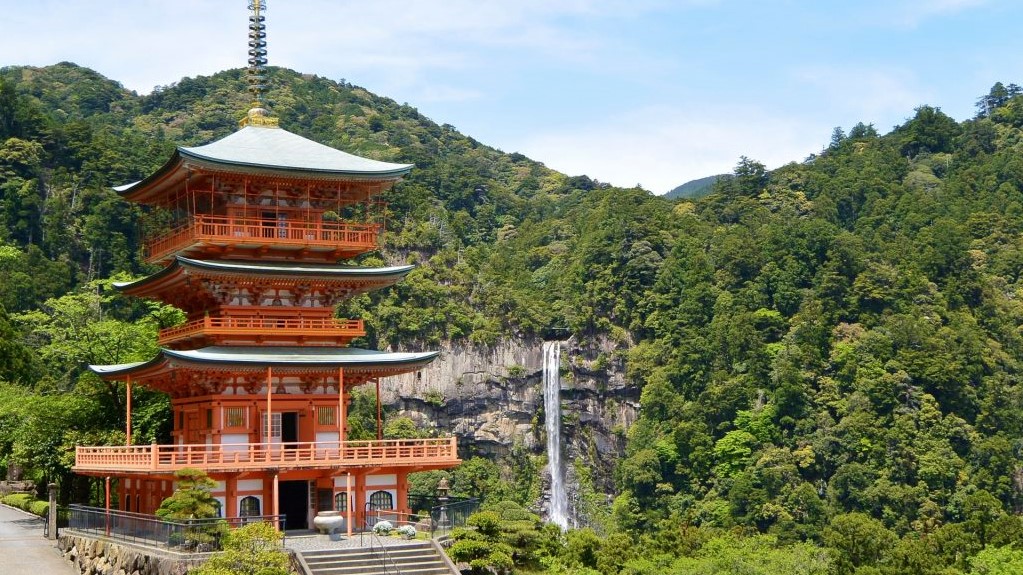
For more than 1000 years, the pilgrimage trails of the Kumano Kodo have been walked by monks, pilgrims, aristocracy and lay-people between sacred sites and temples on the Kii Peninsula. As one of only two pilgrimage routes in the world to have World Heritage-listing – along with the Camino de Santiago in Spain – walking the Kumano Kodo is one of Japan’s most rewarding experiences. There are many routes that can be walked, varying in difficulty and length including the 65km ‘Kohechi Trail’ connecting Koyasan to Kumano Kodo – noting that this trail takes around one week to walk and should only be attempted by fully-prepared, experienced hikers – and the most popular route, the ‘Nakahechi Trail’.
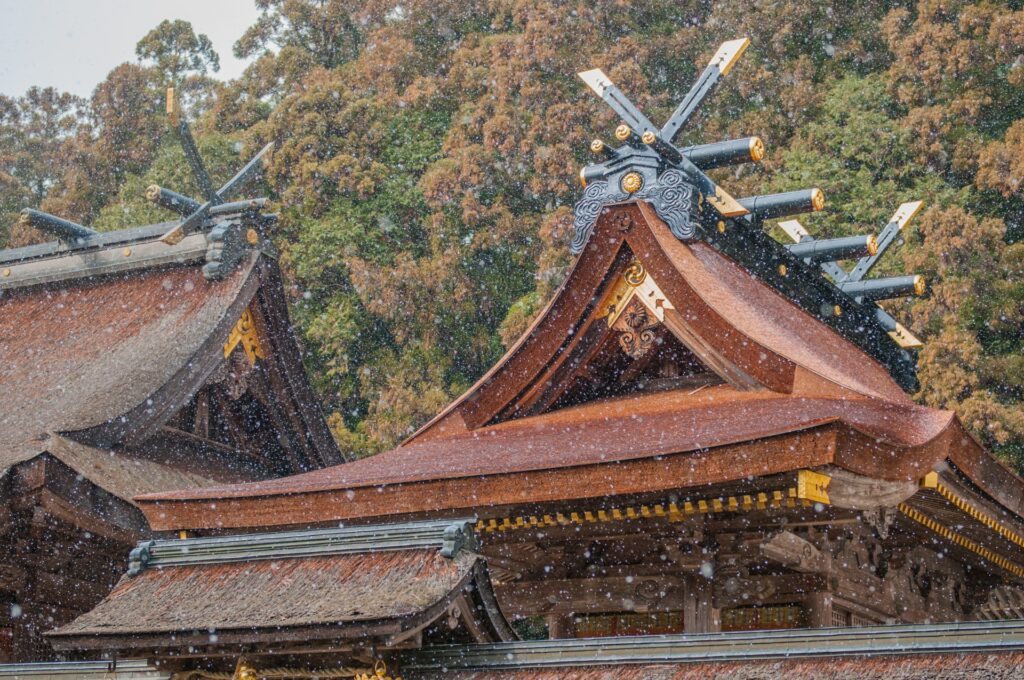
Stretching 30km from Tanabe on the west coast, this is a comfortable two-day walk – requiring an overnight stay in Chikatsuya Oji – which ends at the Kumano Hongu Taisha, one of the Kumano Grand Shrines. Located at the centre of the Kumano Kodo network of pilgrimage trails, the Kumano Hongu Taisha serves as the head shrine for more than 3000 Kumano shrines spread throughout Japan. Along with the nearby Kumano Hayatama Taisha and Kumano Nachi Taisha, the shrine is one of the grand shrines of Kumano, enshrining deities including the sun goddess Amaterasu.
14 / VISIT THE ISE GRAND SHRINE
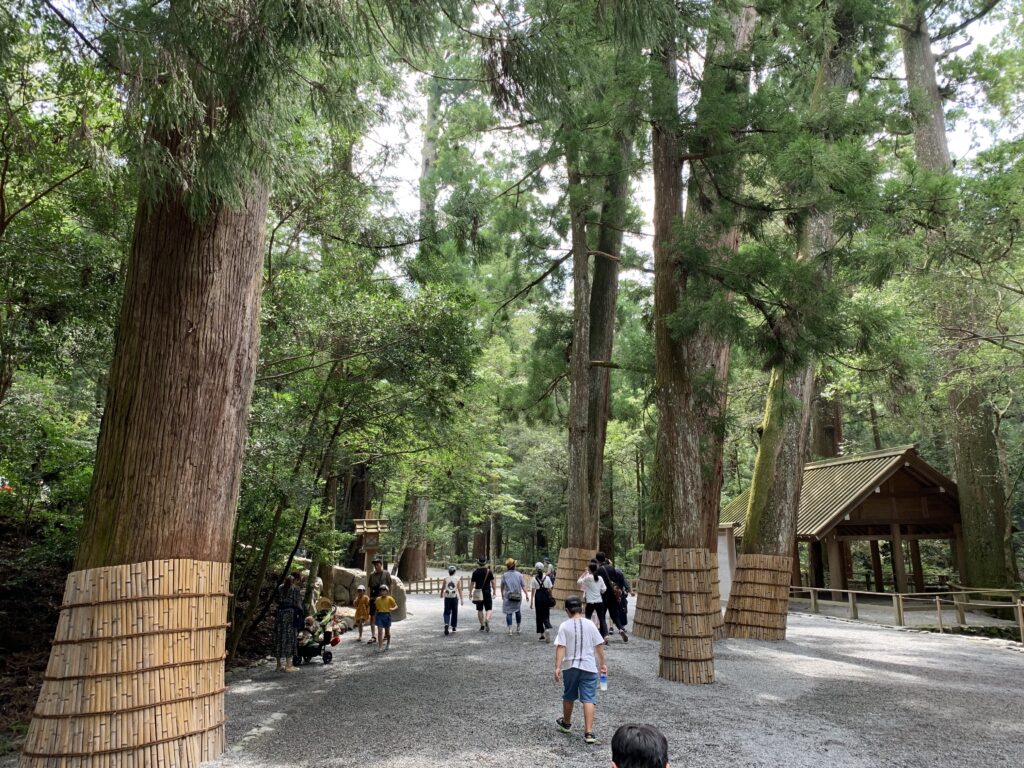
Approximately 5.5 hours by train from Koyasan, Ise Shima – or Ise Peninsula – is home to the most sacred Shinto shrines in Japan. Designated the Ise Shima National Park due to its cultural importance and natural beauty, the area draws a significant amount of domestic tourism from Nagoya, Kyoto, Osaka and Tokyo. The Ise Grand Shrine complex consists of two main shrines – the Kotai Jingu (Inner Shrine) and Geku (Outer Shrine). Believed to have first been established over 2000 and 1500 years (respectively), the inner shrine is dismantled, moved and reconstructed every 20 years. Next occurring in 2033, this tradition embodies the Shinto belief that death and renewal are a necessary and constant aspect of existence while serving the practical task of teaching each generation the skills needed to construct and maintain the shrines. In total there are more than 100 shrines making-up the overall complex with the two main shrines – Kotai Jingu and Geku – located several kilometres apart.
15 / VISIT NAGOYA & CENTRAL JAPAN
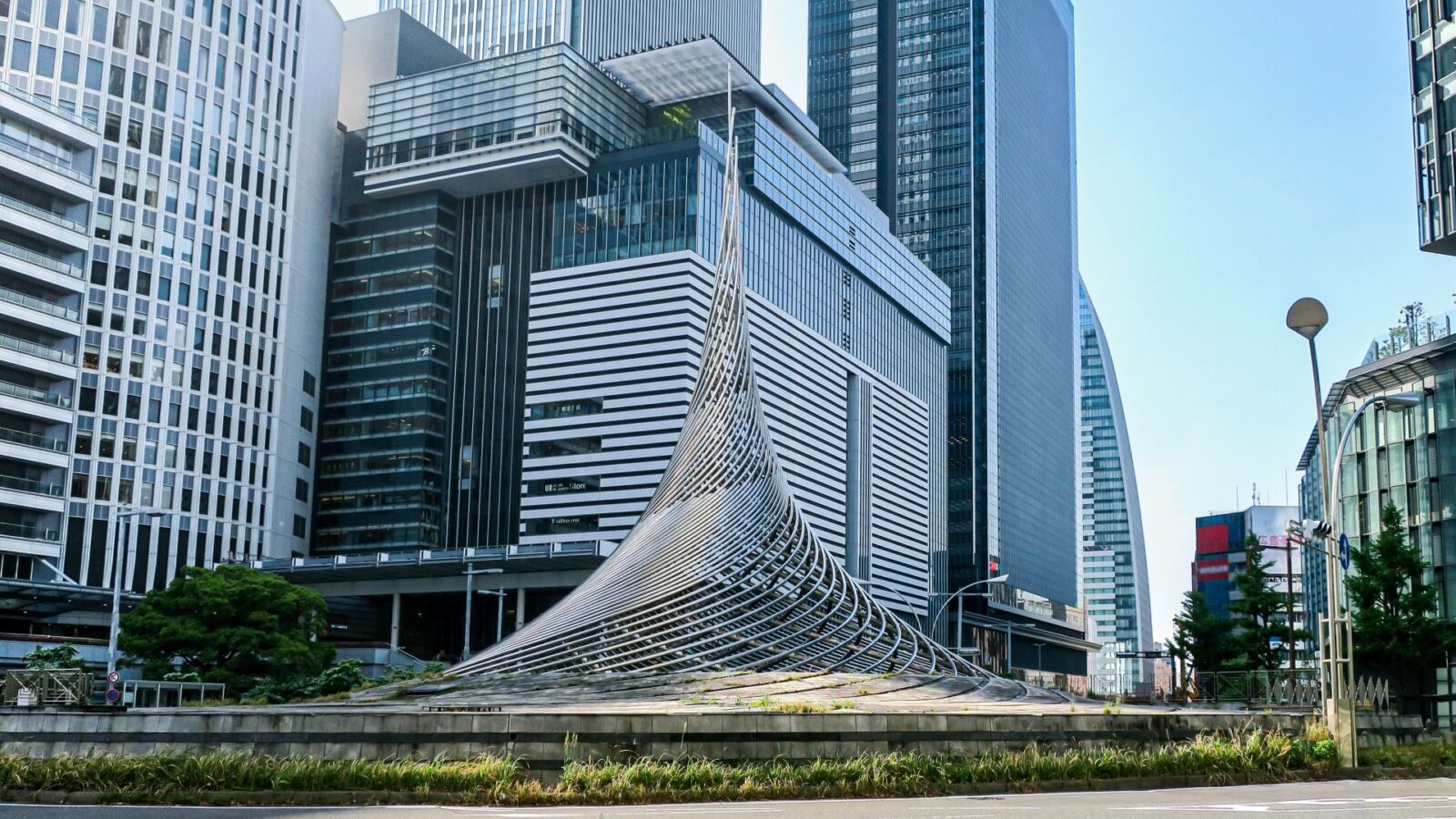
For any traveller who makes it as far as Ise should go a little further and venture to Nagoya – one of Japan’s great cities and gateway to the many other highlights of Central Japan. A modern and innovative city, Nagoya also has a rich history and great food scene and is an ideal starting point from where to head into Central Japan – with destinations including the Kiso Valley and Nakasendo, Matsumoto and Nagano all accessible using the Limited Express ‘Shinano’ service along with Gero Onsen, Takayama and as far as Toyama using the Limited Express ‘Hida’ service. Our ’25 Things to Do Around Nagoya & Where to Stay’ page has our suggestions of the best attractions and activities on offer in and around the city including the best places to find accommodation.
BEST PLACES TO STAY IN KOYASAN
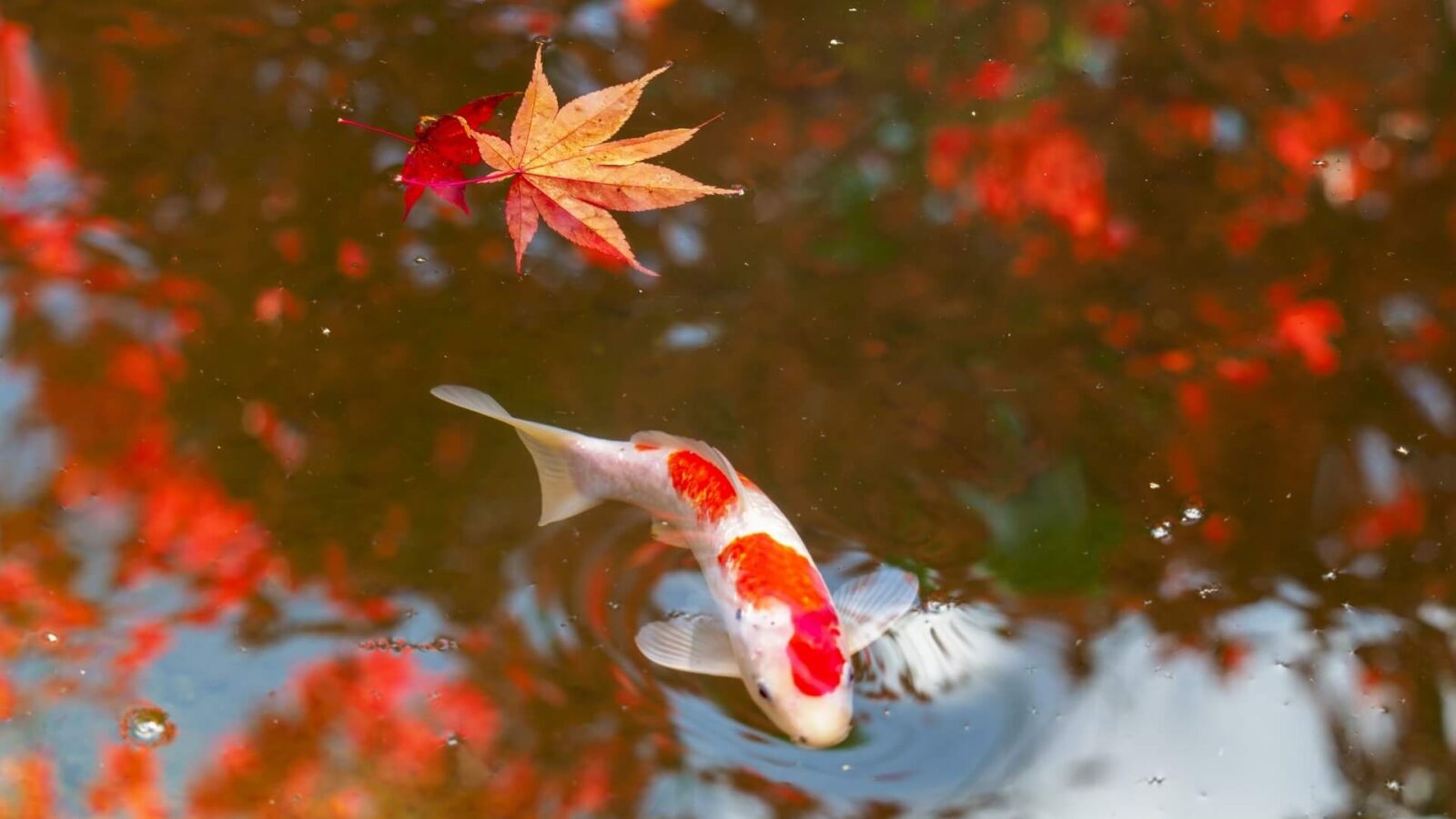
Any visitor heading to Koyasan should consider making their trip at least an overnight visit and staying at one of its more than fifty ‘shukubo’ (traditional temple lodgings). As noted above, staying at a shukubo is one of the best experiences on offer while in Koyasan with prices varying between guesthouses but typically ranging from JPY9000 to JPY15,000 per person. Shukubo serve traditional ‘shojin ryori’ or ‘devotion food’ menus, prepared and also eaten by residents monks while most also offer guests the opportunity to join morning prayers and other Buddhist practices such as meditation. Originally intended to provide accommodation to pilgrims and other Buddhist practitioners, most shukubo are open to guests of any faith or background, regardless of whether than are there on pilgrimage or visiting for other reasons. For accommodation listings, see our ‘Mount Koya (Koyasan) Area’ hotel page.
HOW TO GET TO KOYASAN
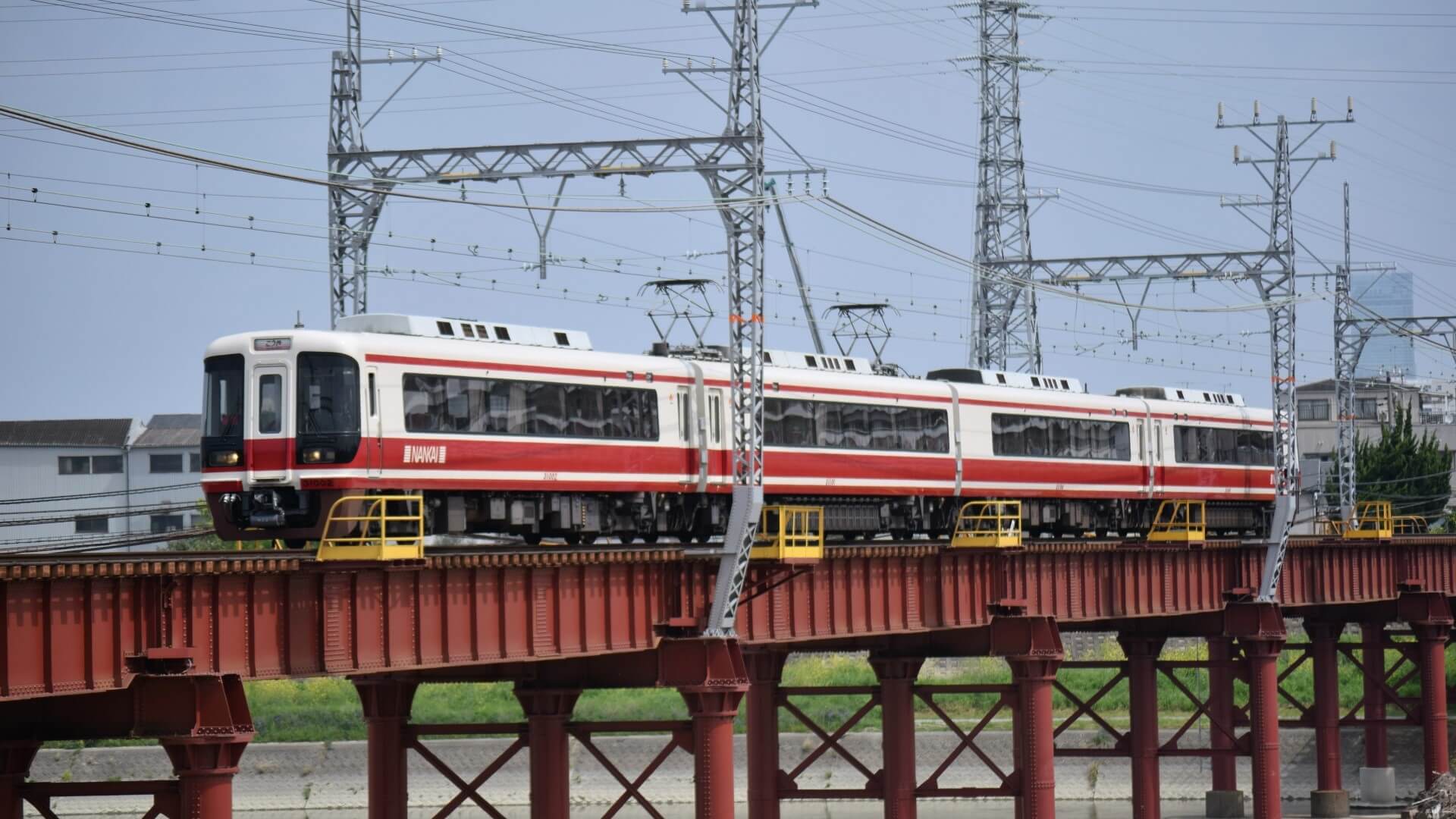
Koyasan is most easily accessed via Osaka, from where the Nankai Koya Line runs to Gokurakubashi Station and onto the the Koyasan Cable Car. Our ‘How to Get to Koyasan (Mount Koya)’ page explains just how to get there from Osaka, Kyoto, Nagoya, Tokyo and other popular staring points.
PLAN YOUR VISIT TO JAPAN
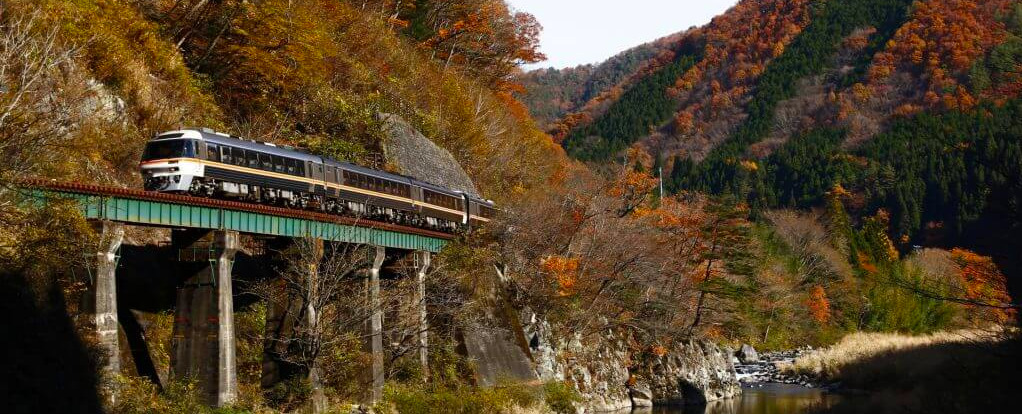

Our ‘Plan Your Visit’ page has everything you need to know about visiting Japan – from tips on the best time to travel, times to avoid, entering and exiting the country, money matters, staying connected, accommodation, staying safe and healthy and plenty more to ensure that you get the most out of your time here.



